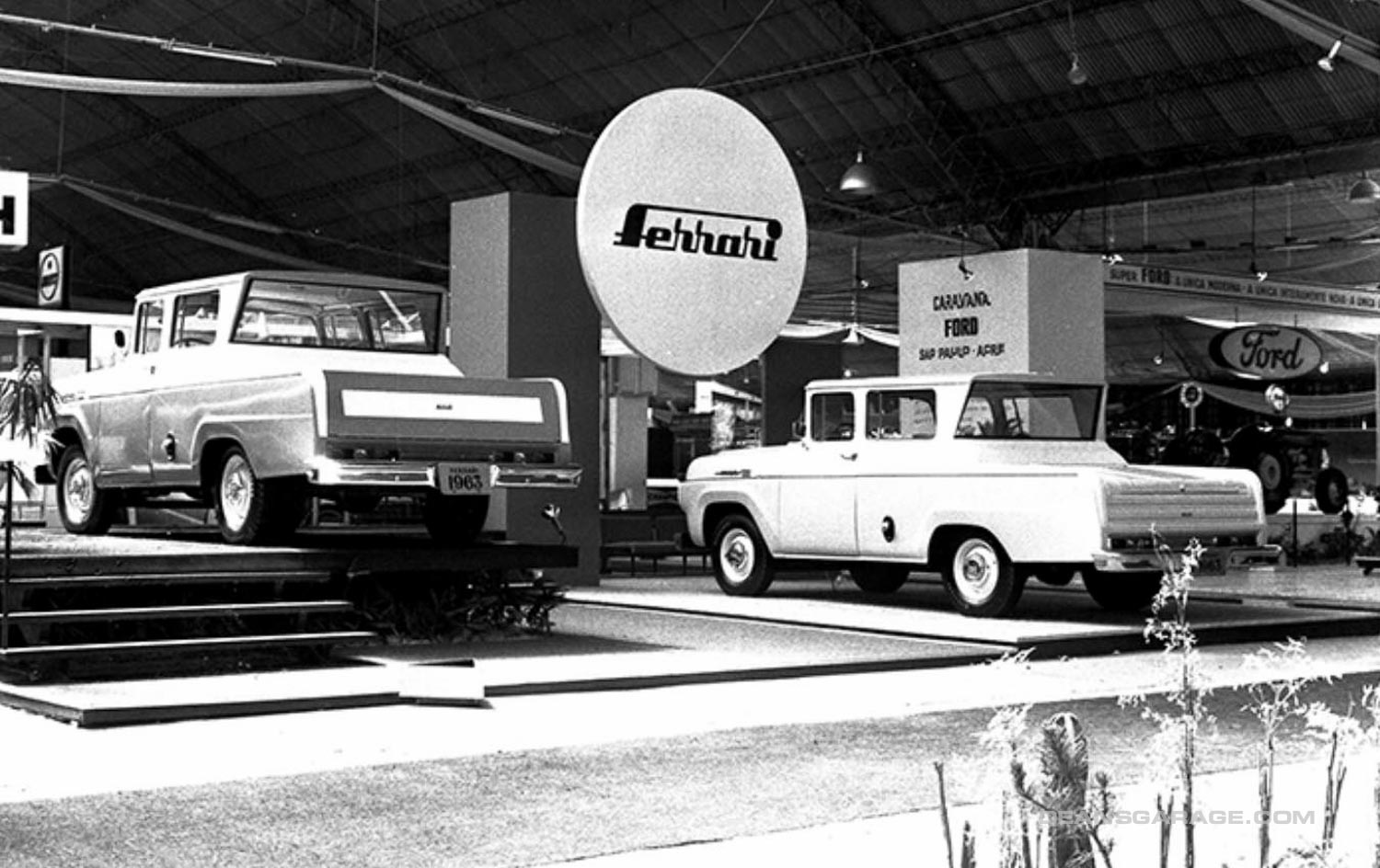
The Ferrari Pickups of Brazil
Contributed by Don Andreina, donandreina.com
The first half of the 1960 was a golden period for Brazilian coachbuilders, ushering in the double-cab pickup. The most exciting examples came from Ferrari do Brasil.
Key Sources
This material is drawn almost entirely from Lexicar Brasil, archiving Brazilian carmakers and coachbuilders with extraordinary breadth and depth.
lexicarbrasil.com.br
showroomimagensdopassado.blogspot.com
carrosantigos.wordpress.com
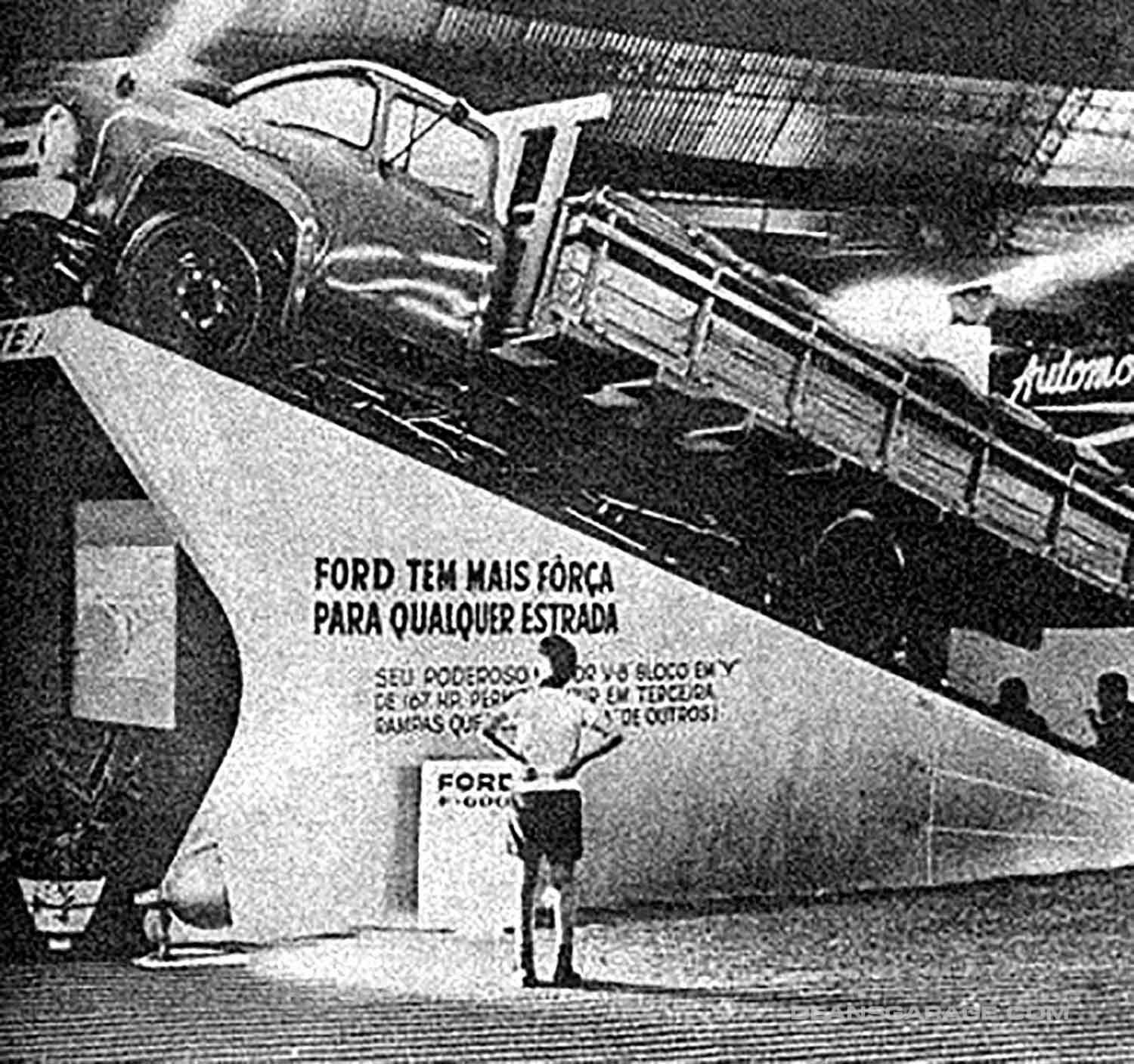
Juscelino Kubitschek entered power when Brazil was feeling a bit more optimistic about politics. The flux of the last few years was replaced by a grand plan—Fifty Years in Five.
In 1956 his government mandated automobile production to comprise 95% Brazilian parts and labor within five years or be forced out.
At the country’s inaugural motor show held in 1960, the fruits of that optimism were on display.
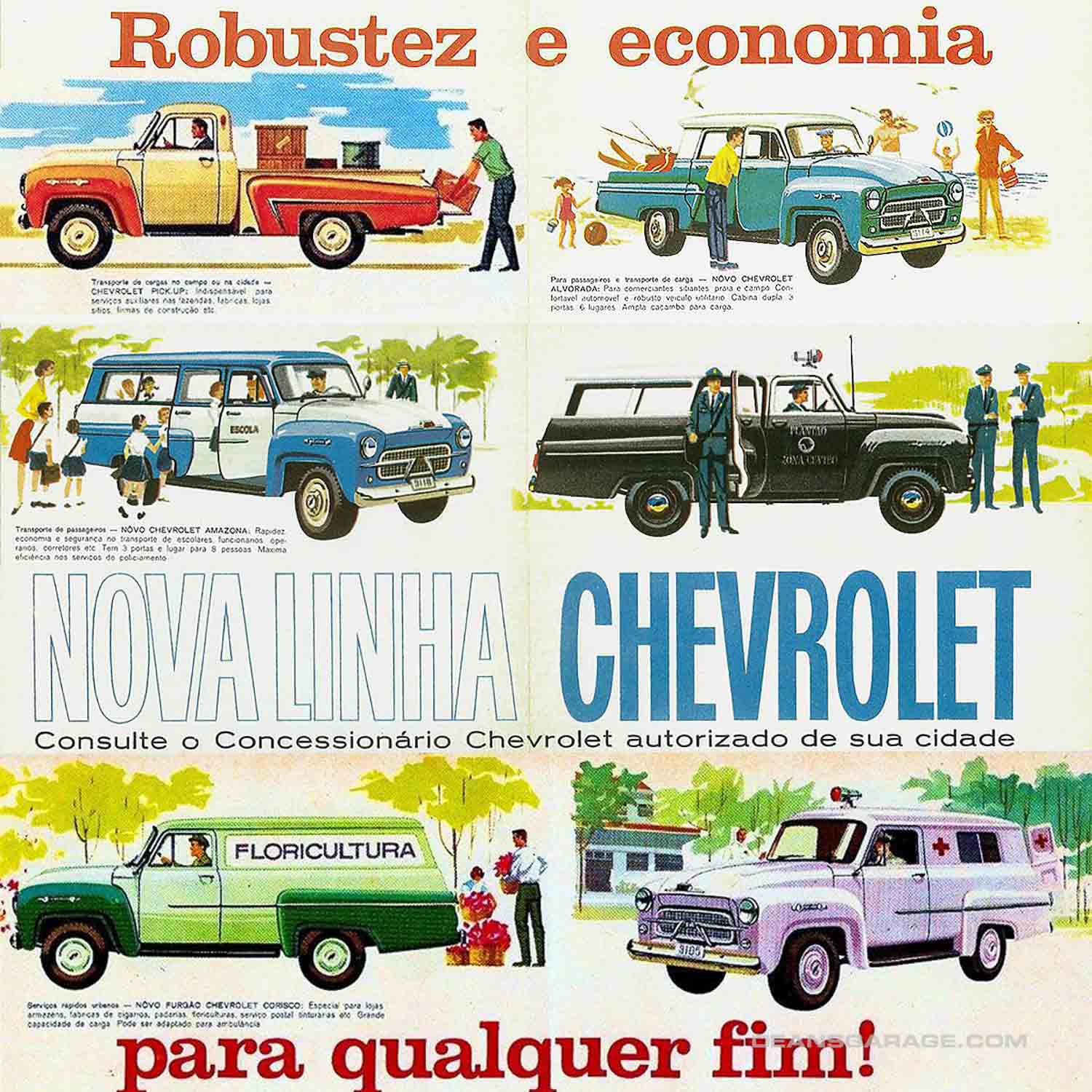
Chevrolet answered the call quickly, commencing full production in 1956 at their new São Paulo factory.
The new truck was based on the US Advanced Design cabin with 1955 Task Force fenders and a locally shaped grille.
The Chevrolet Brasil pickup was launched in 1956, with the Amazona three-door wagon and two-door van following in 1959 and Alvorada three-door double cab in 1961.
Afterbodies were built by Brasinca of São Paulo, the country’s largest independent stamping and tooling business.
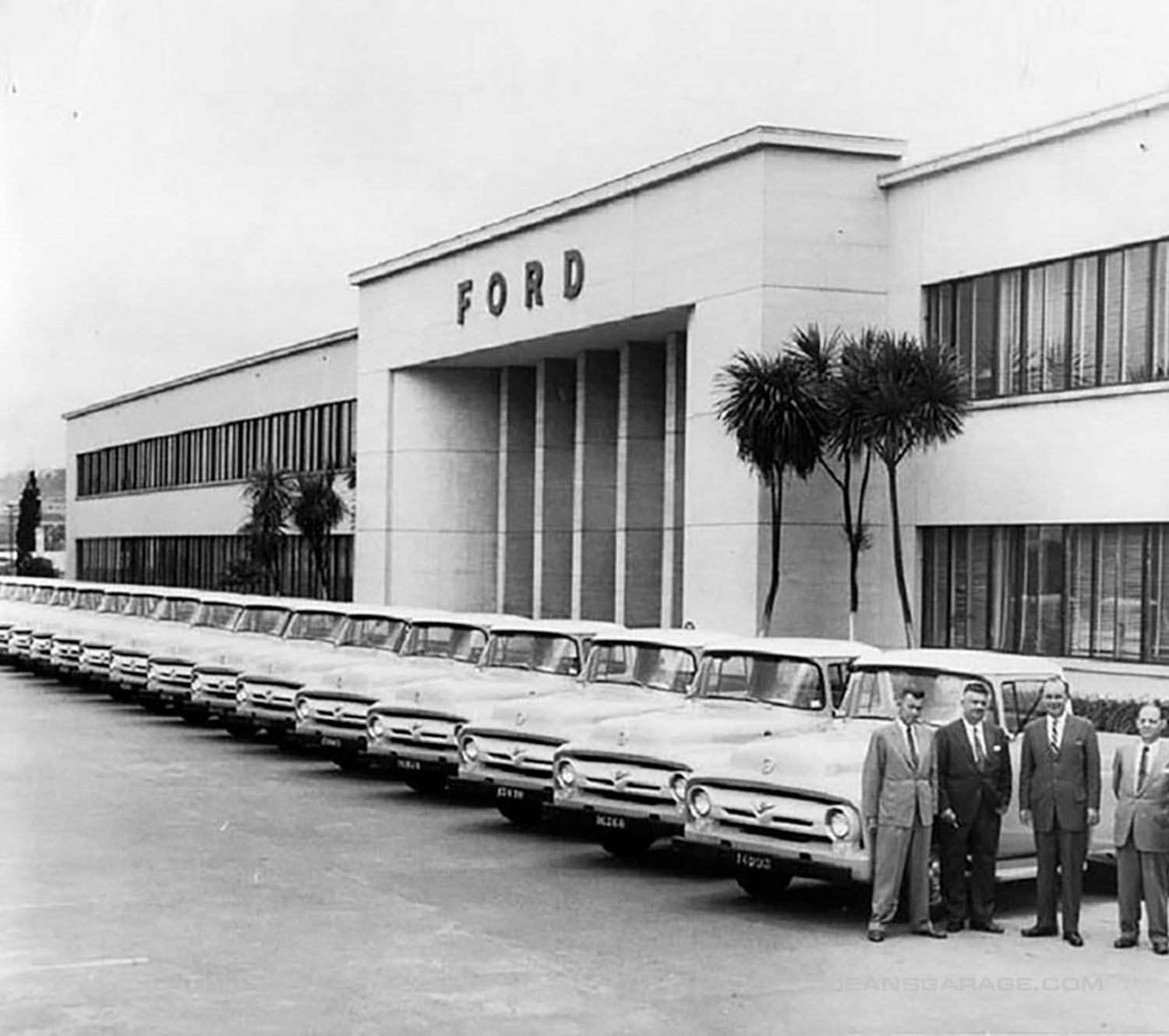
Ford started production in 1958. To this point their footprint had consisted an assembly plant in São Paulo and a rubber plantation-cum-city in Para called Fordlandia.
By 1957 the utopian rubber experiment was disappearing under vines, and they too were opening a significantly larger factory in São Paulo.
It was equipped with obsolete US stamping dies, hence the 1958 Brazil F-100 looking almost exactly like the 1956 US F-100.
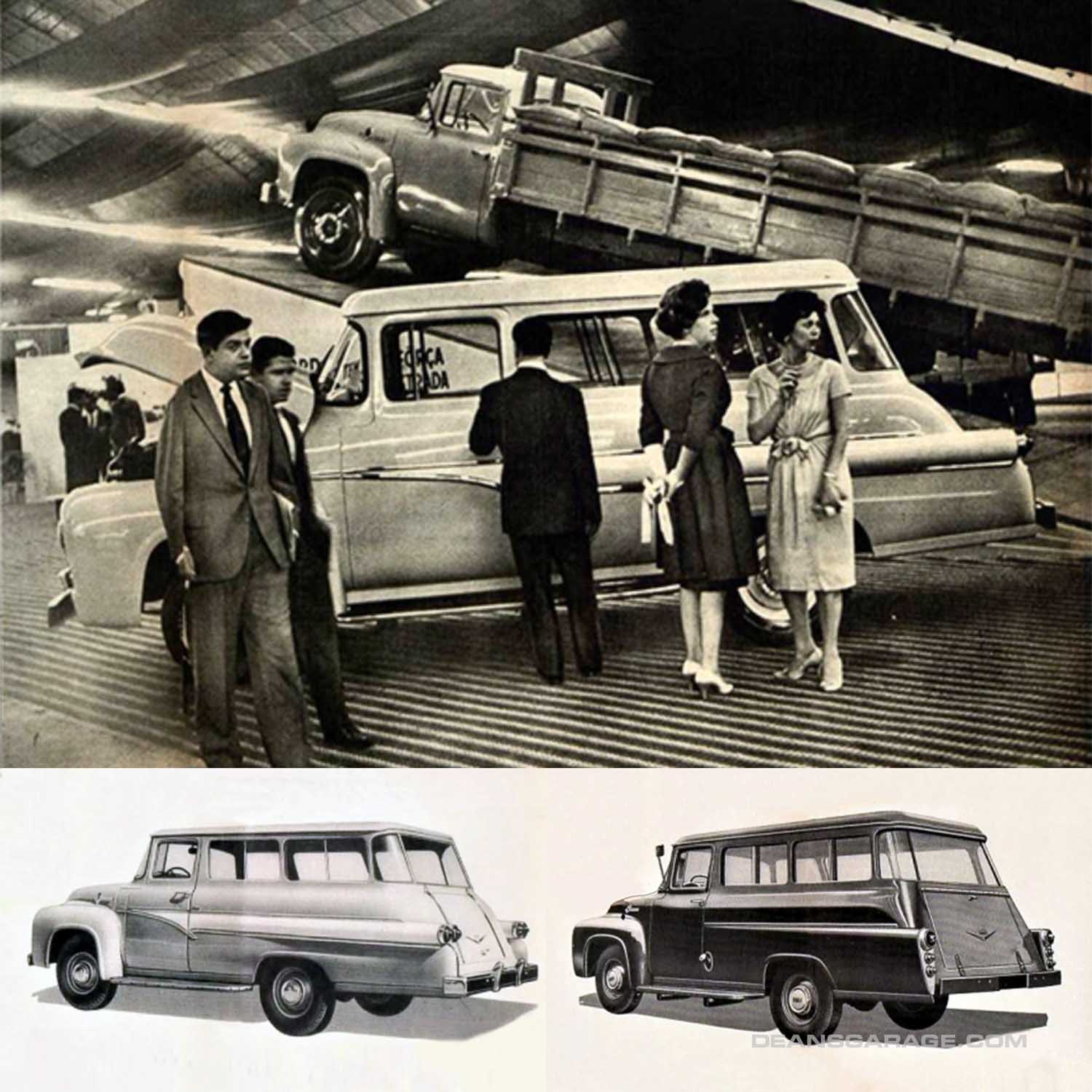
To counter the Amazona wagon, Ford called Ferrari. Not related to the Italian concern, this coach building firm had been started in response to the government mandate, and appeared to be the coach builder favored by Ford do Brasil.
Their two-door wagon was the premium offering, taking pride of place at Ford’s stand at the motor show.
Its fully panoramic greenhouse sat over a variety of rocket- powered sides and rears—elaborate paneling that was also used on van and ambulance.
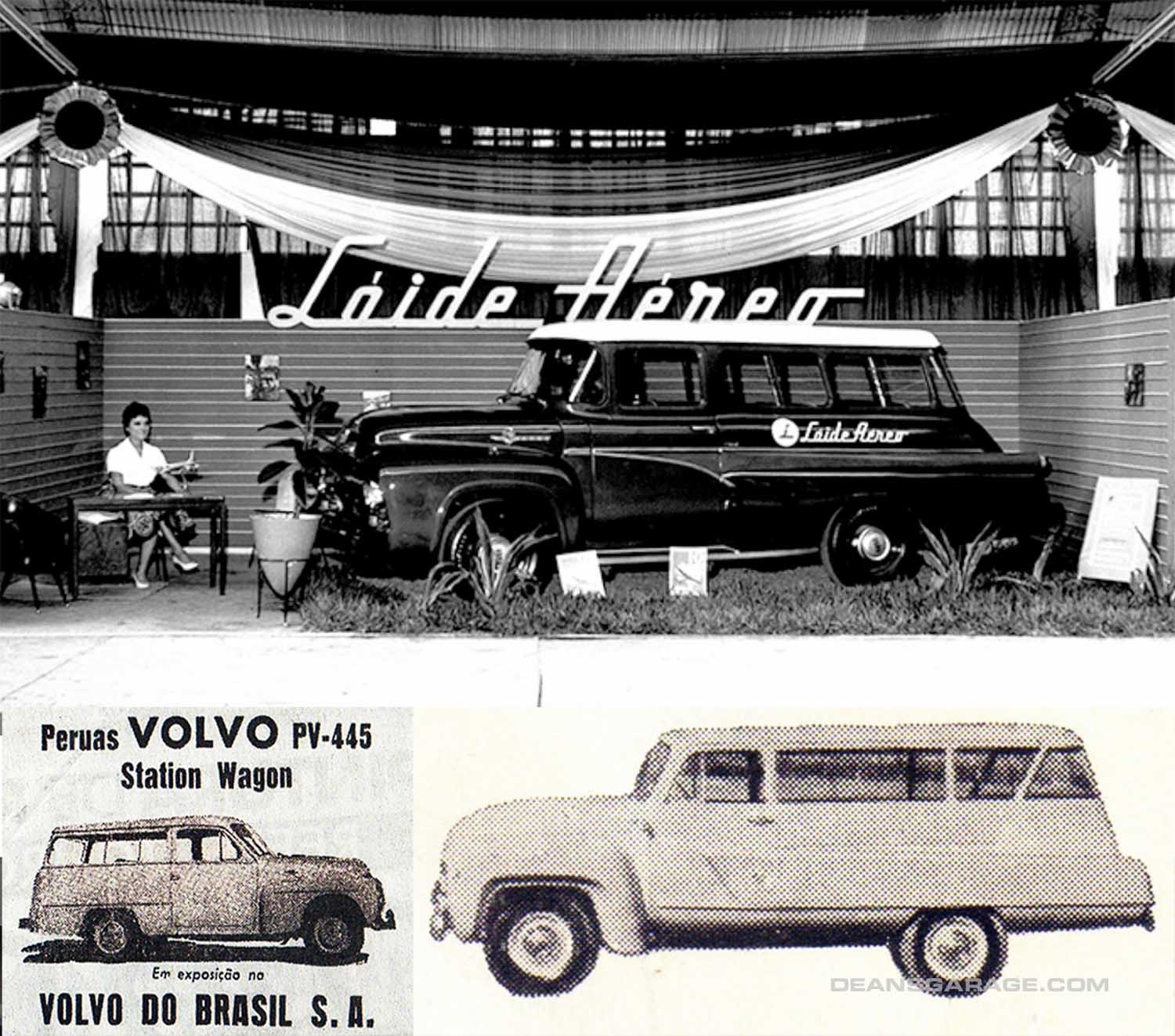
The straight-through sides of the Ferrari wagon, seen also at the Lóide Aéreo Nacional stand that year, aged the Chevrolet Amazona immediately. Volvo’s Brazilian pre-Amazon took inspiration, as did Indústria Brasileira de Carrocerias over the Chevrolet.
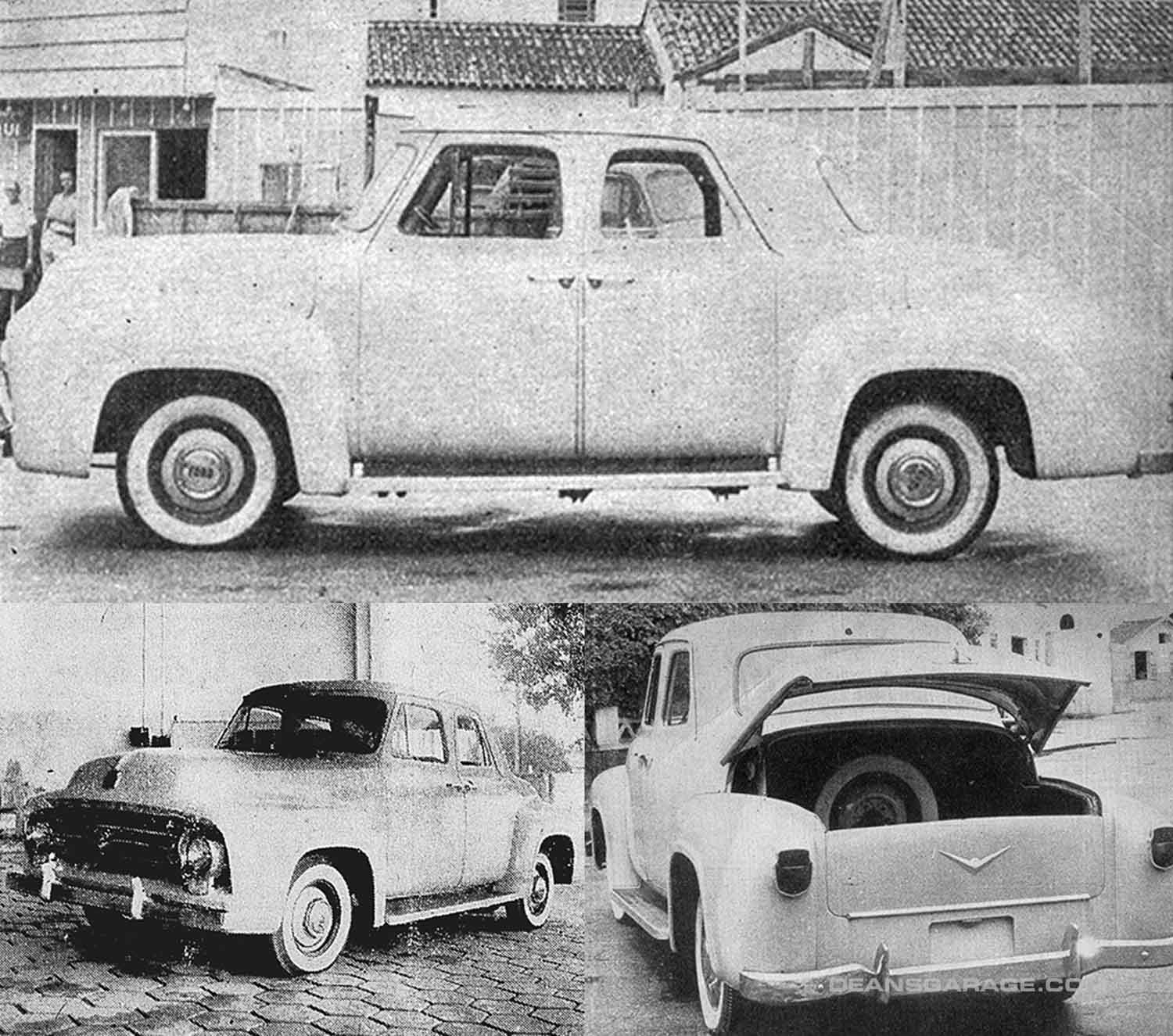
If Ford was following Chevrolet with a wagon, it was leading the game with the double-cab. These vehicles were expected to pull double duties in a nation with low domestic income—running a work team around during the day and then the family at other times.
This F-100 double-cab with fully contoured body and lidded trunk was built by Sagres and presented to the Ministry of Industry in 1958. It is said to be the first double-cab example in Brazil.
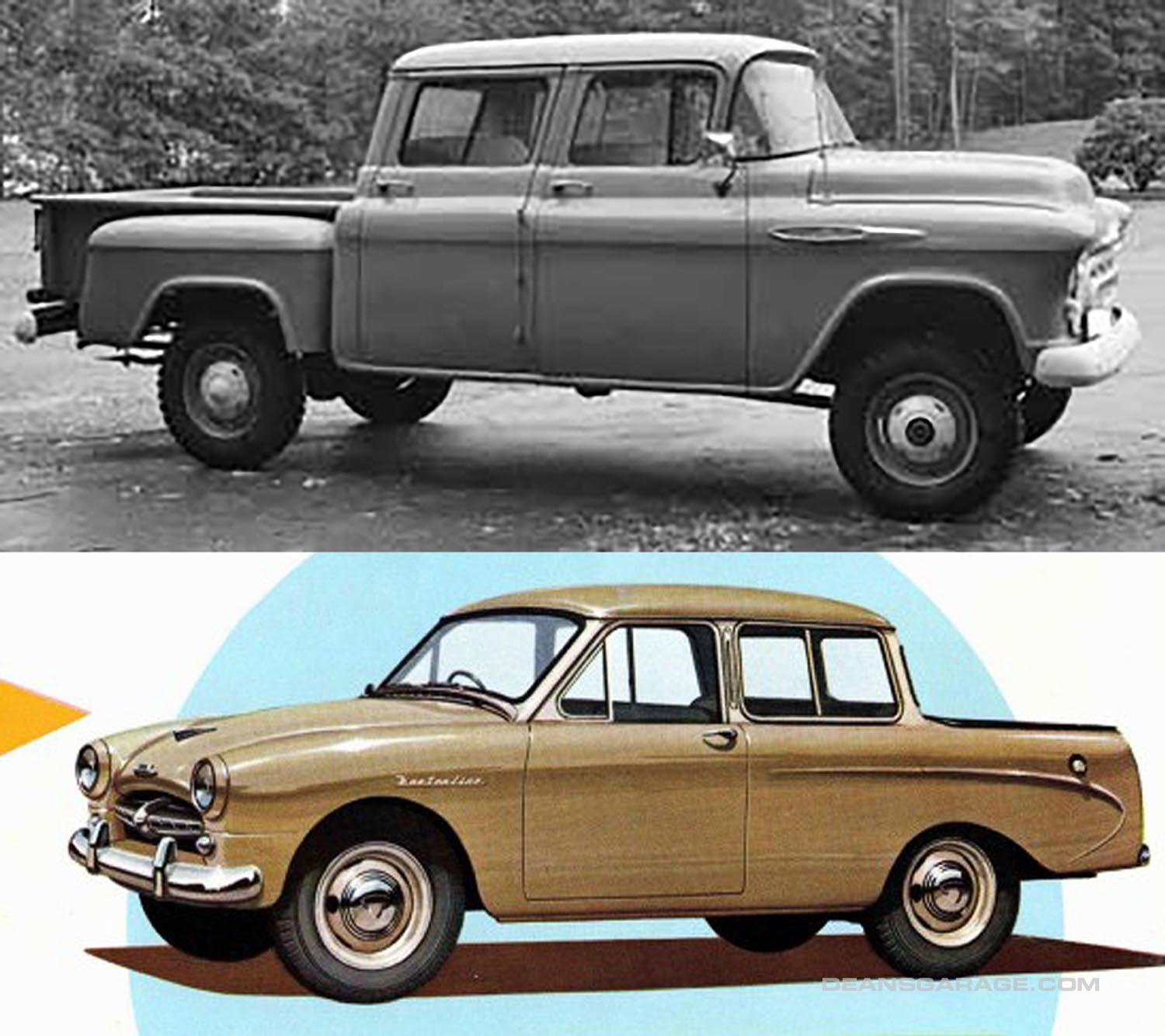
Its inspiration could have been Crown Steel of Orrville, Ohio, who started building all-steel double cabins with sleeper fittings for trucks, then transferred the extended cabin down to pickups such as this three-door 1957 Chevrolet Task Force.
Perhaps the Japanese. Before the war around 190,000 had emigrated to the country as coffee plantation labour, and more than 35,000 were entering between 1952 and 1960. Not a strong economic powerbase, but certainly a growing cultural influence.
In 1958 Toyota opened its first overseas factory in São Paulo, building FJ25 Land Cruisers. The 1956 double-cabin Masterline pickup bottom right was not built there, but some likely made their way over.
Or probably just pragmatism. The cheapest option was the double-cab open pickup, with fewer square metres of metal panelling than the wagon but still capable of holding six passengers.
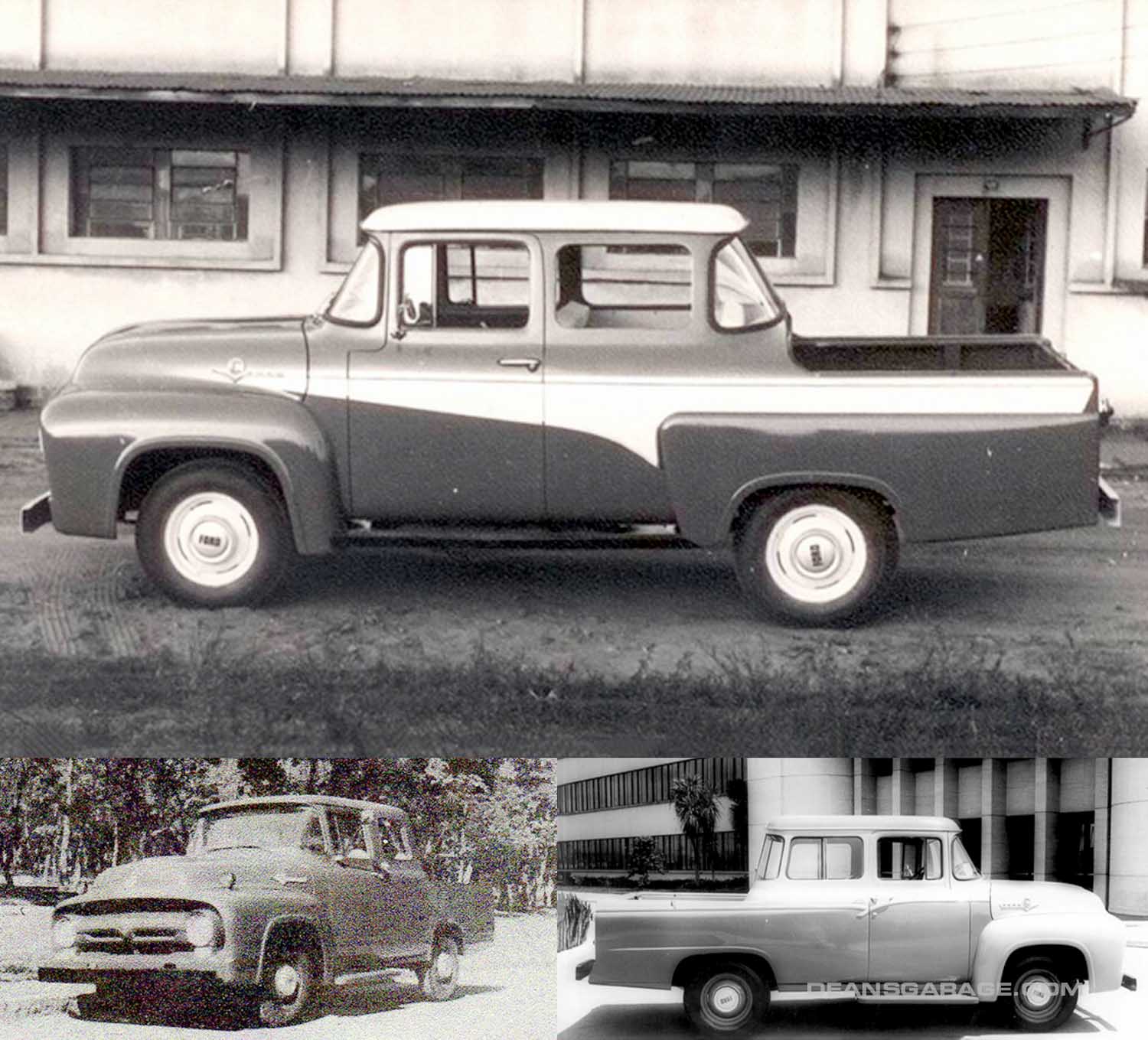
For the version they offered the public, Sagres gave it a less sculpted body (left). Ott of Novo Hamburgo was also early on the scene in 1960 (top) as well as Ferrari (right).

In 1962, Ford do Brasil upped the ante. They installed the 1960 US tooling and looked even more modern than the Chevrolet. The double-cab category presented entrants from Itacolomy (top), Sturm (left) and Sul among others.
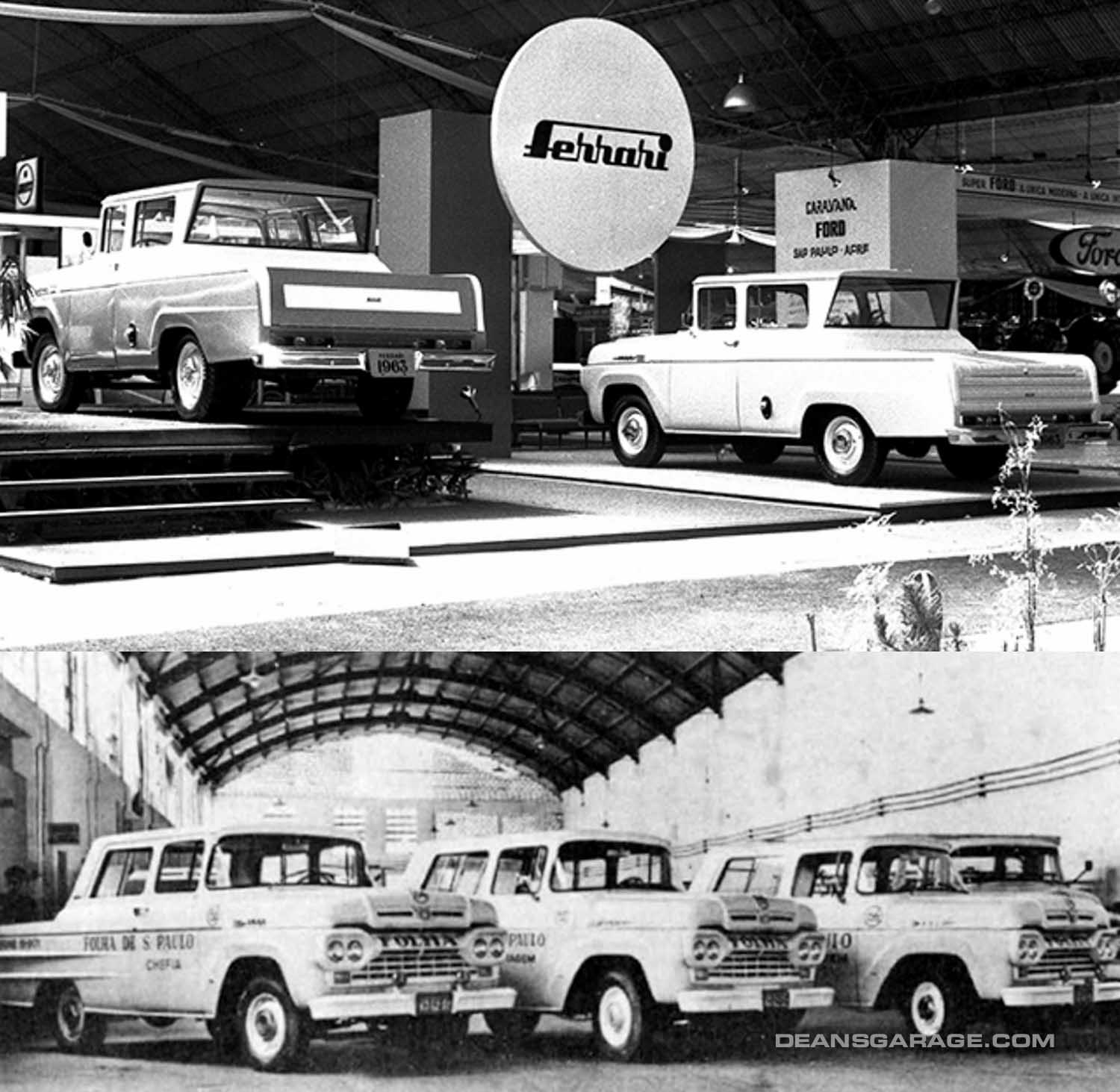
Ferrari’s efforts outshone the rest. Their ultra-modernist take up top channeled breezeway through the greenhouse and showed up the softer front end. A straked alternative from that same year made its way into the Folha de São Paulo newspaper fleet.
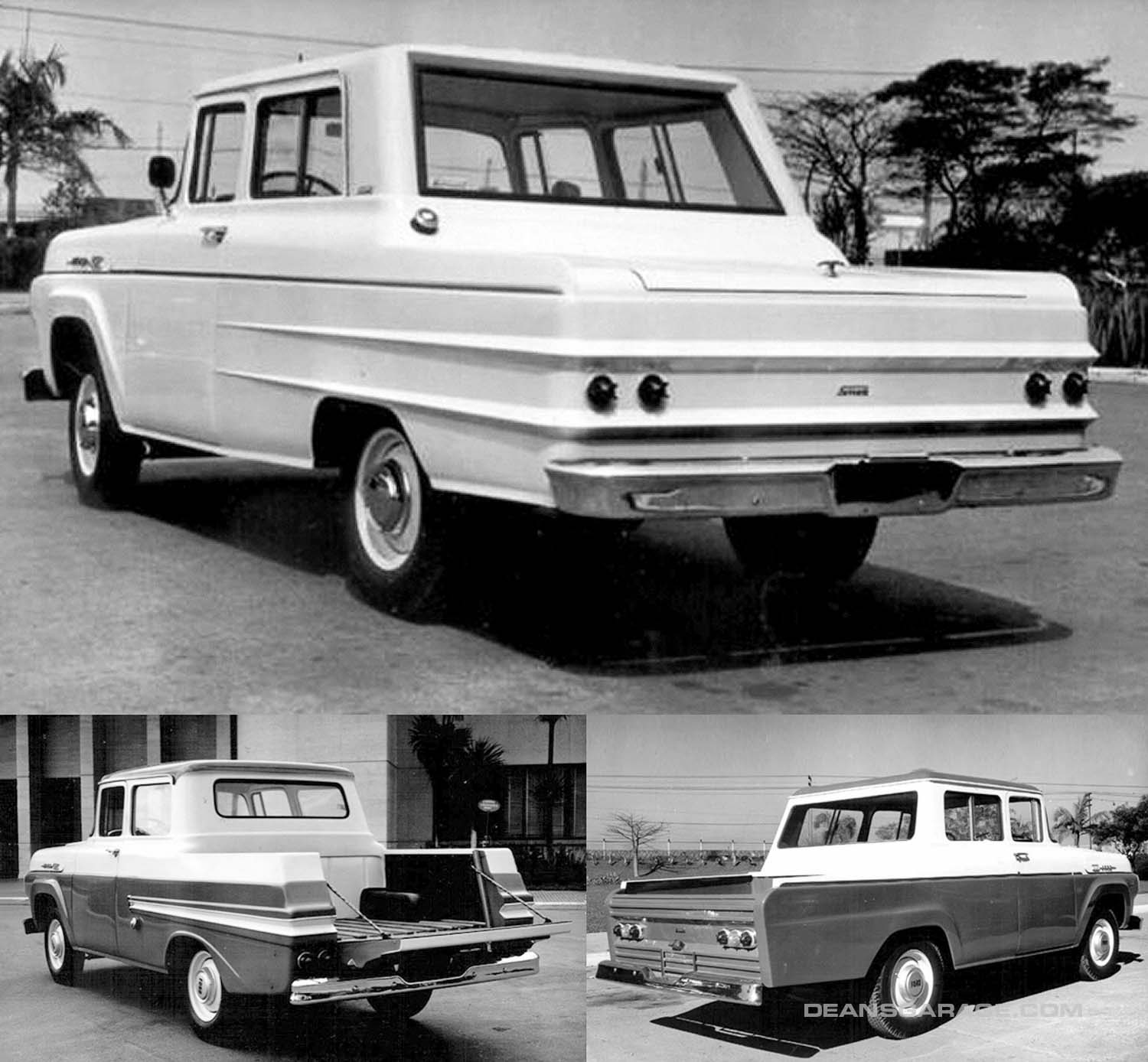
The Ferrari rear was as well crafted as the factory front, the sculpture wrapping around on these senior models and a more muted approach on the junior bottom left.
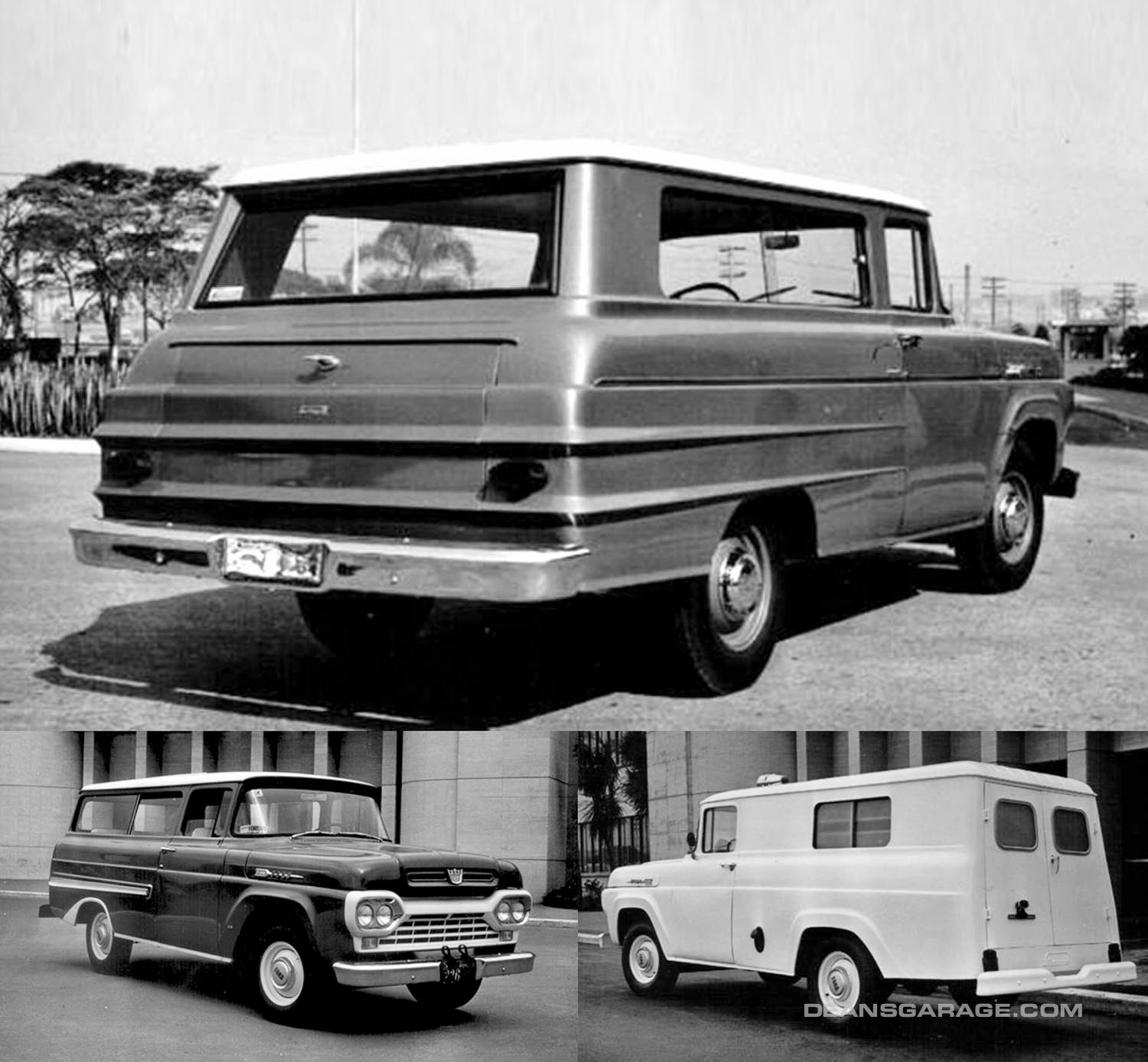
Their wagons had a similar stratification; this straked example being their most distinctive and desirable.
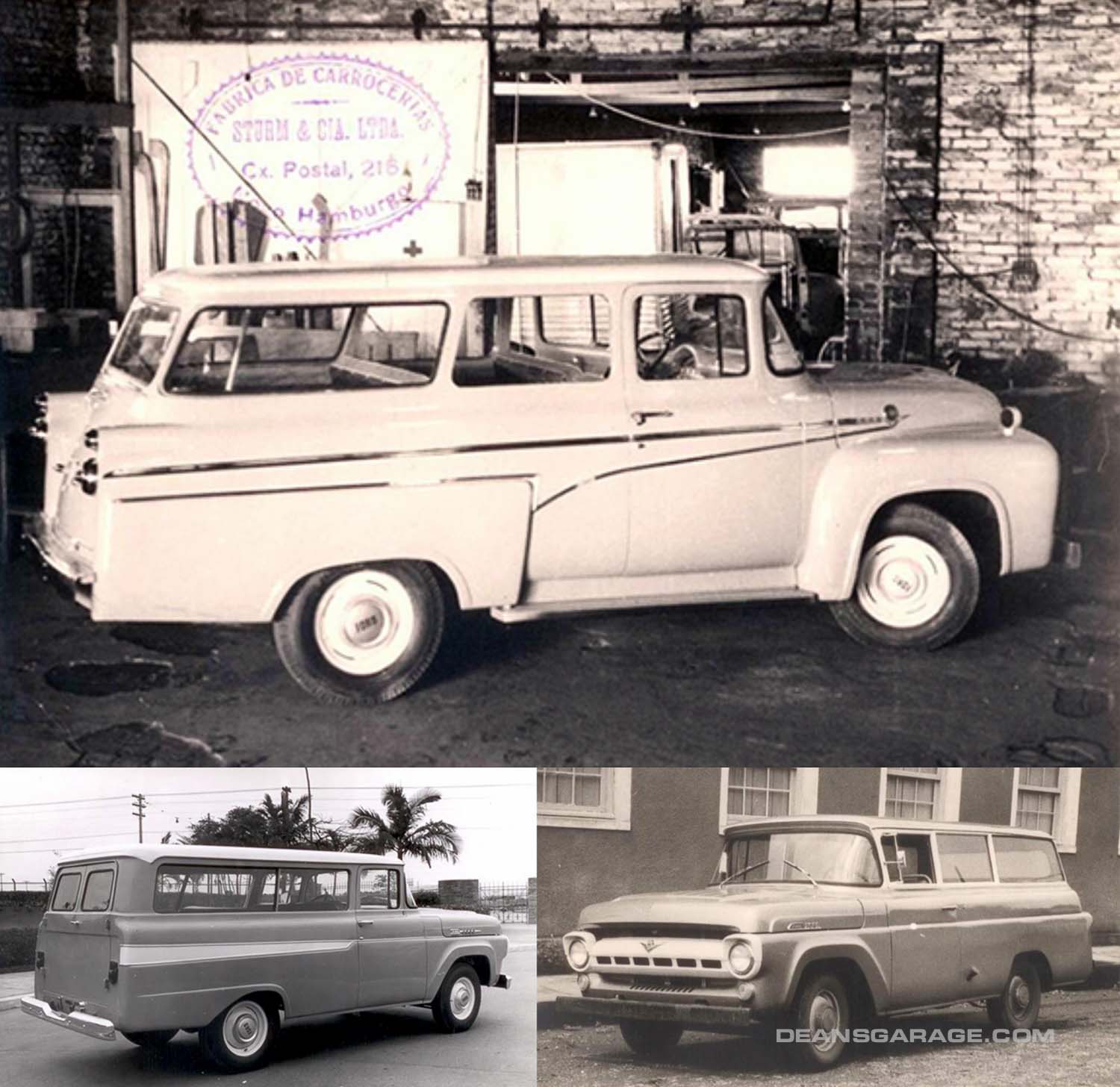
The F-100 wagon was not nearly as numerous as the double cabin. Some, such as Sturm at top, and Sulamericana bottom left, managed to create shapes that looked almost factory. Others had output that was more workmanlike. None had the panache of Ferrari do Brasil.
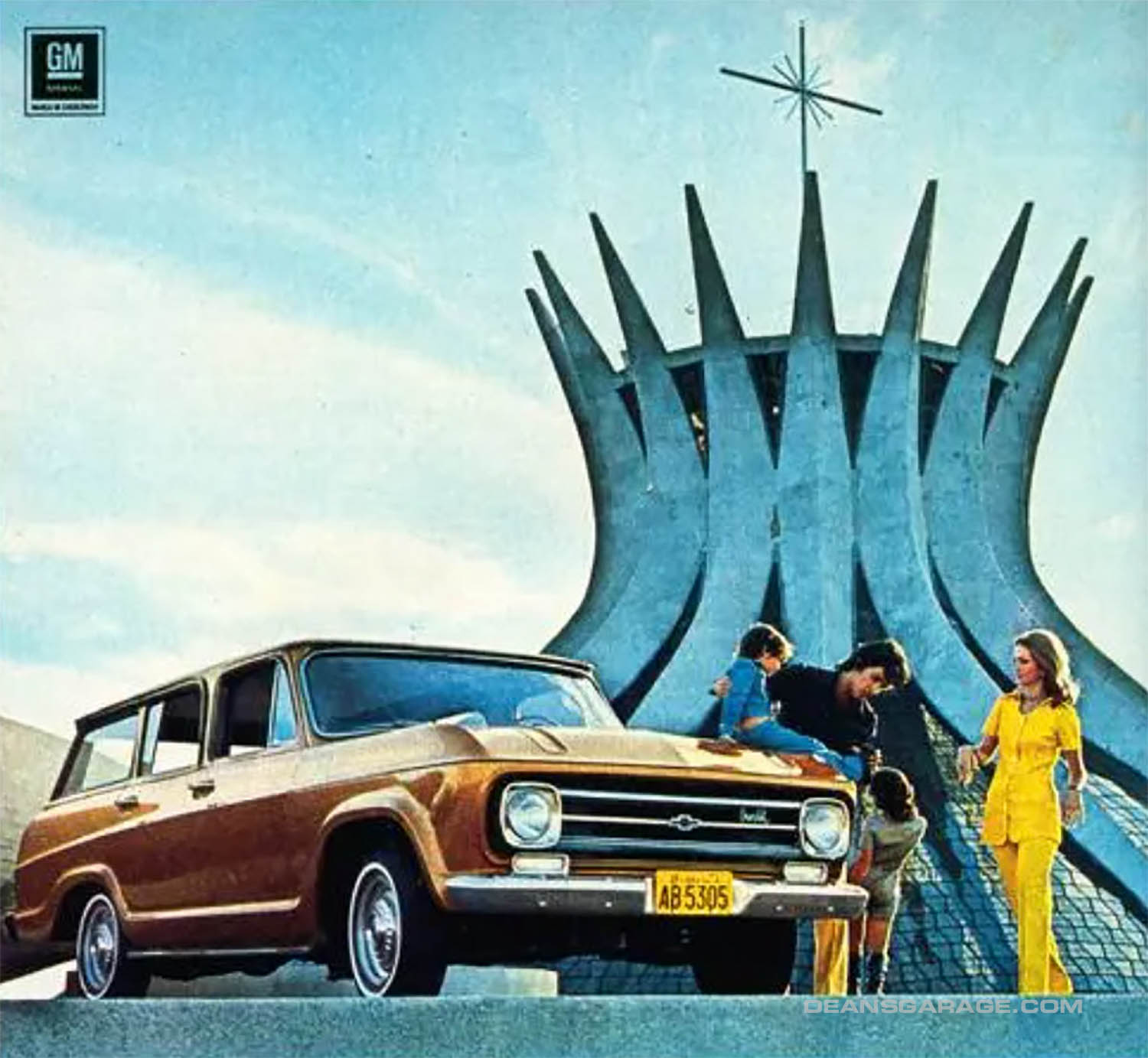
Things came to a halt in 1964. Chevrolet’s four-door C-1416, or Veraneio from 1969, was a locally-styled factory wagon that instantly aged even Ferrari’s best efforts.
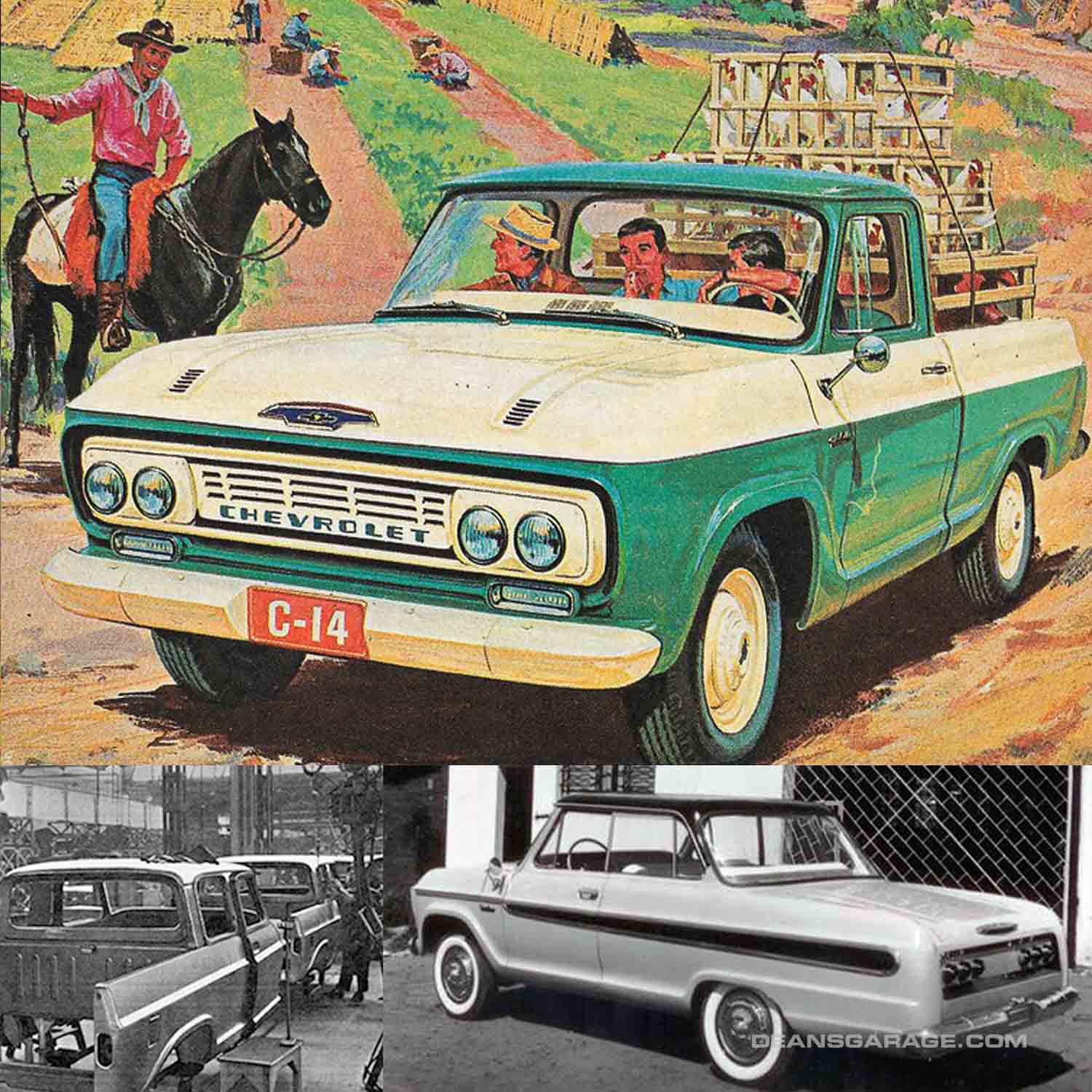
It was based on and released the same time as the C-14 pickup. Built over the 1960 Chevrolet C-10 platform, the styling was not quite as world-standard but cohesive and with character. Brasinca continued to build afterbodies for the factory including the C-1414 double-cab, but that didn’t stop Sul from trying on this mesmerizing coupe.
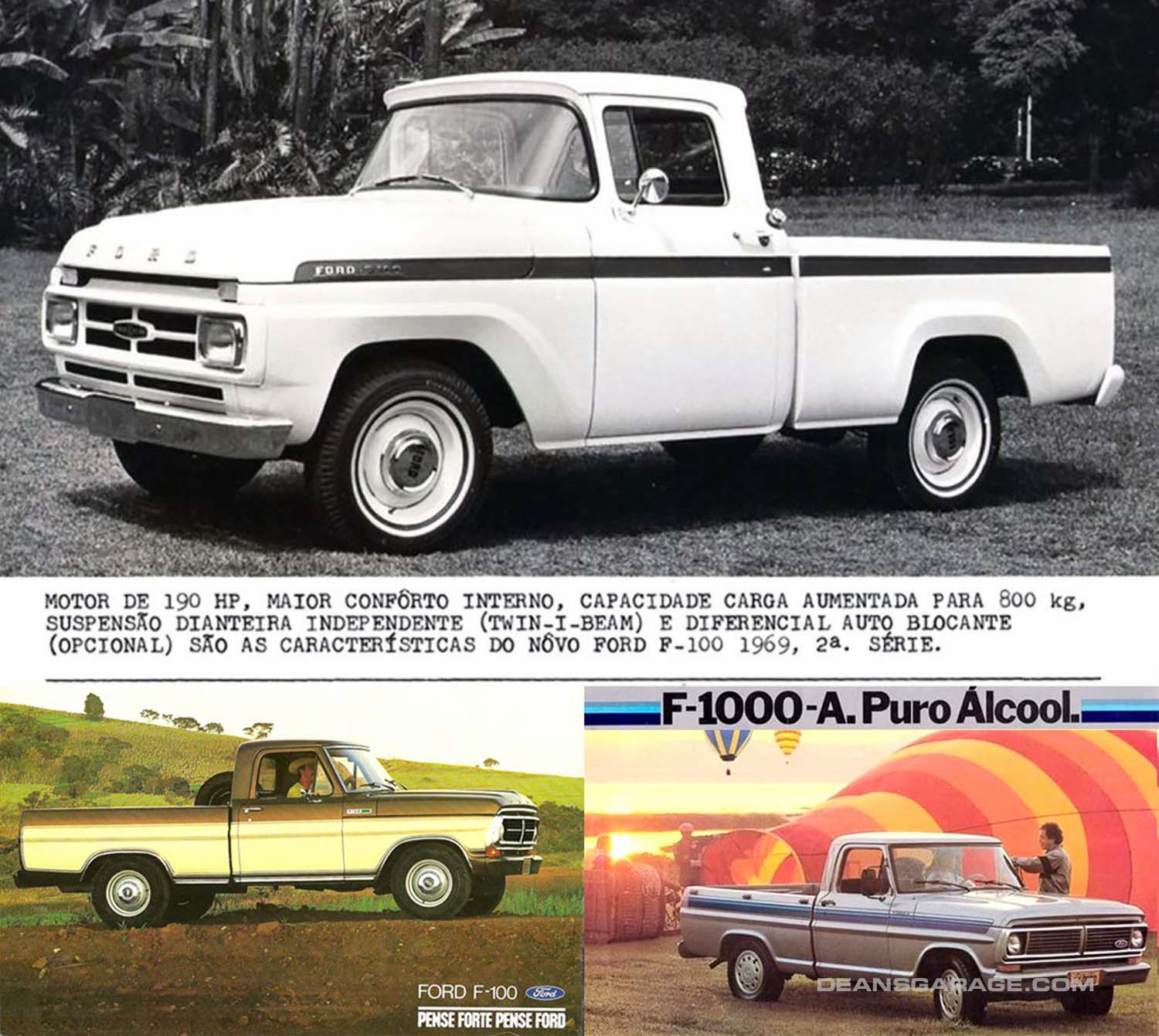
The best Ford could do was give the same body rectangular headlights in 1967. In 1979 they launched their next generation pickup using the body stampings of the 1967-72 US model. It soon became known as the F-1000. It was too late for Ferrari who folded in 1967, its facilities turned over to bus-builder Decândia. Sulamericana and a handful of others survived the turbulence by producing armored vehicles.
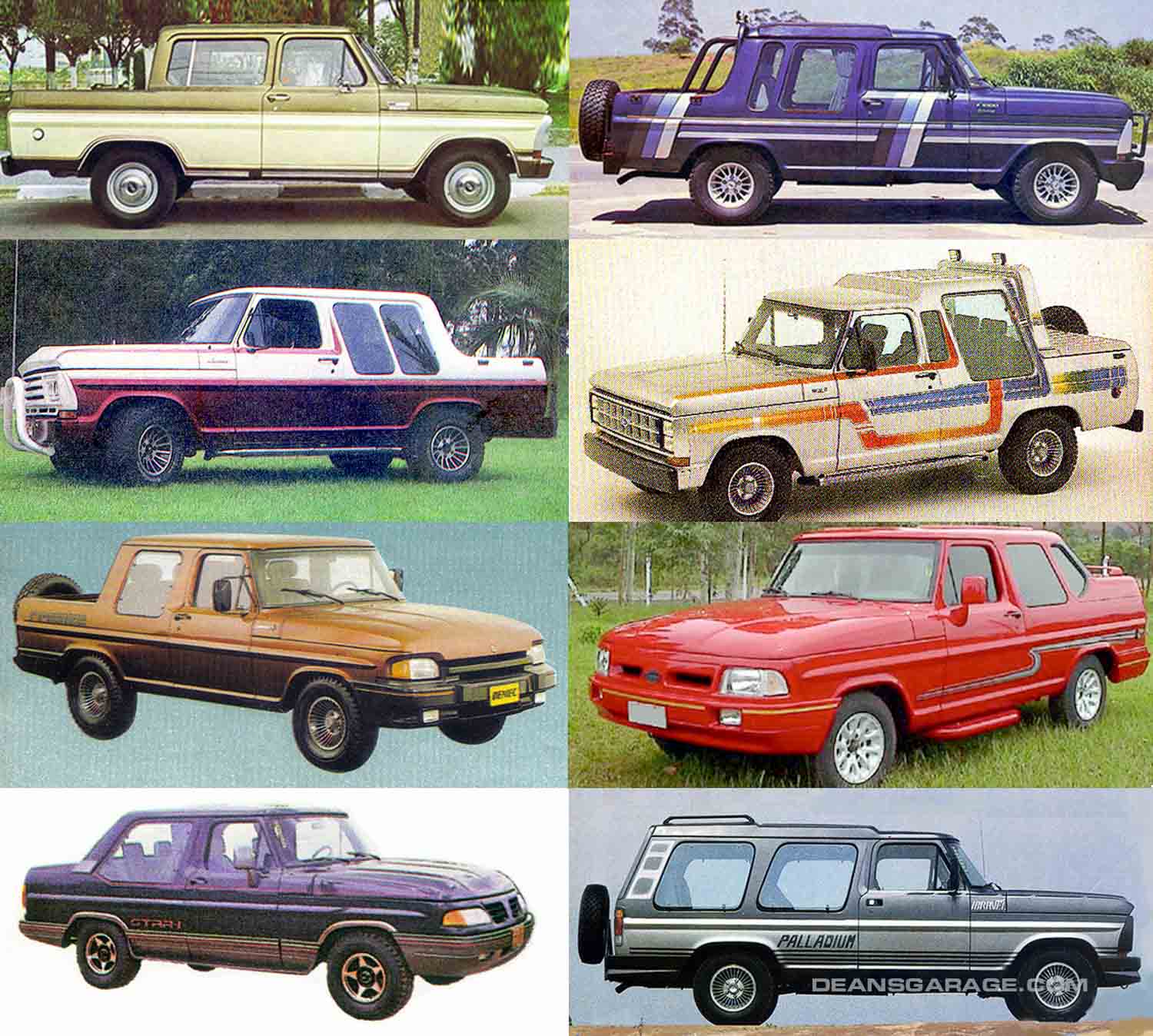
The F-1000 reinvigorated the local coachbuilding tradition, with dozens of workshops springing up in its wake. The bumpside fundamentals lay in stasis beneath increasingly car-like faces and cabins.
Though there was the occasional tasty two-door wagon, the overwhelming majority of output was the double-cabin pickup—a national symbol for Brazil that has become the norm worldwide.
More photos of Brazilian pickups.
Source: carrosantigos.wordpress.com

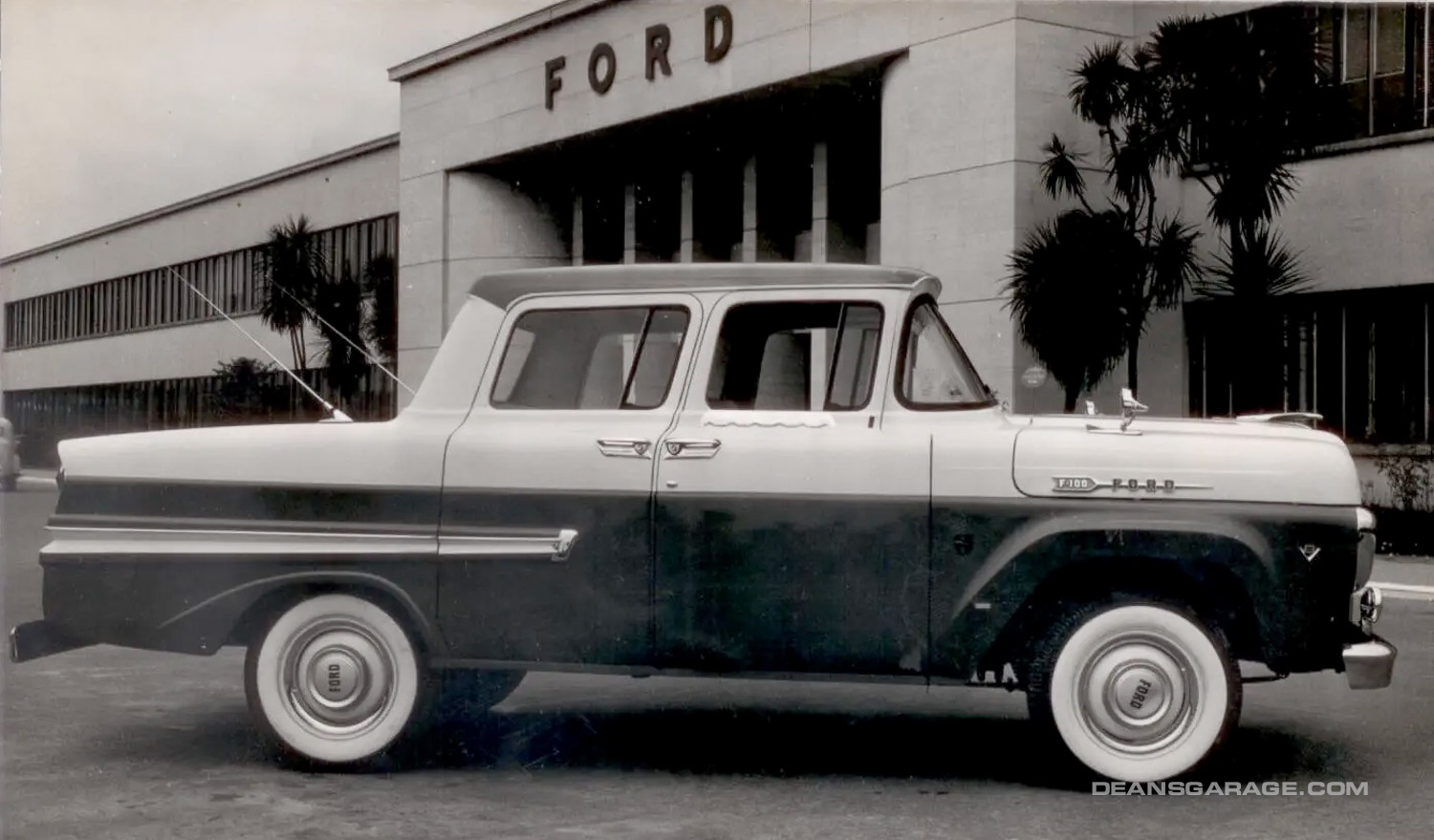

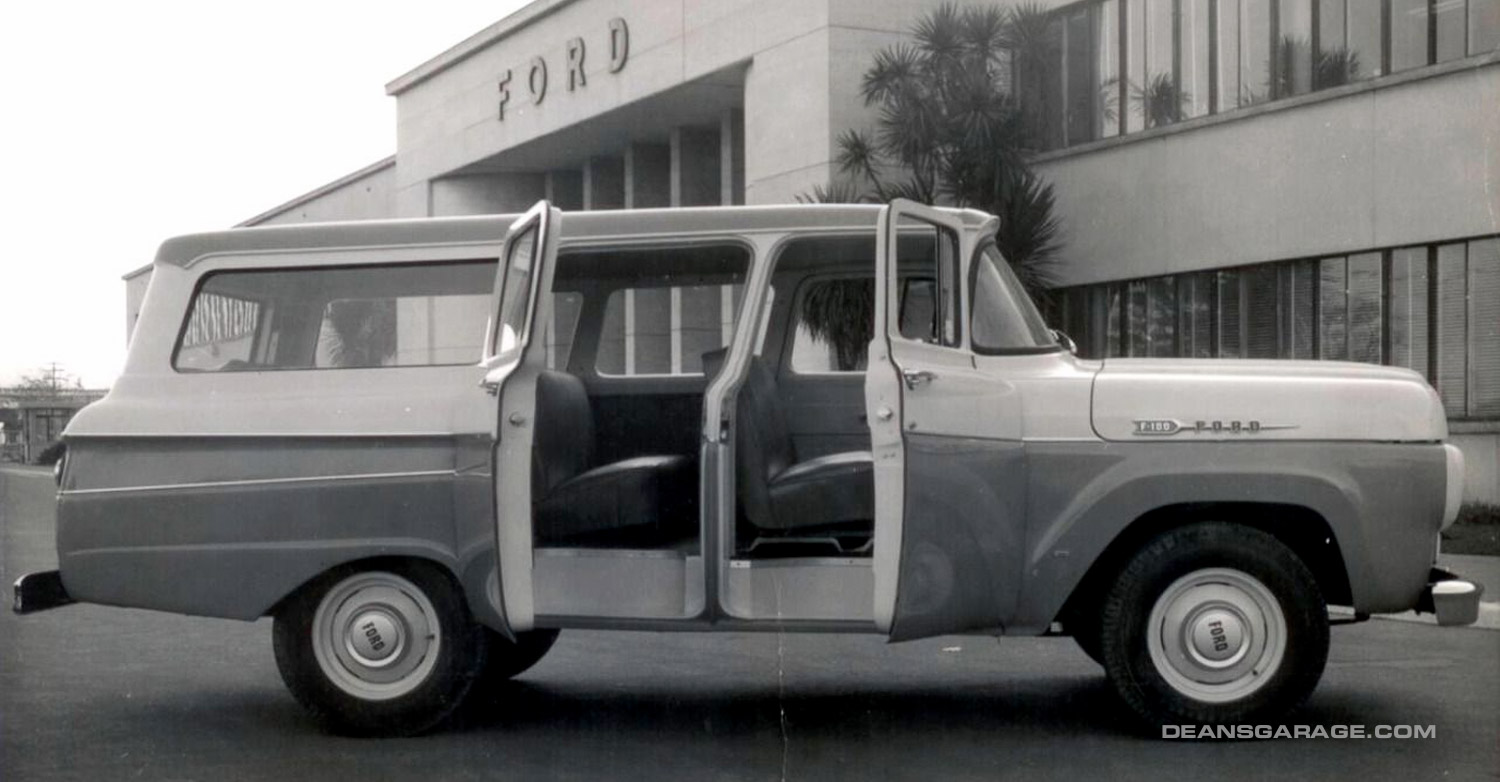
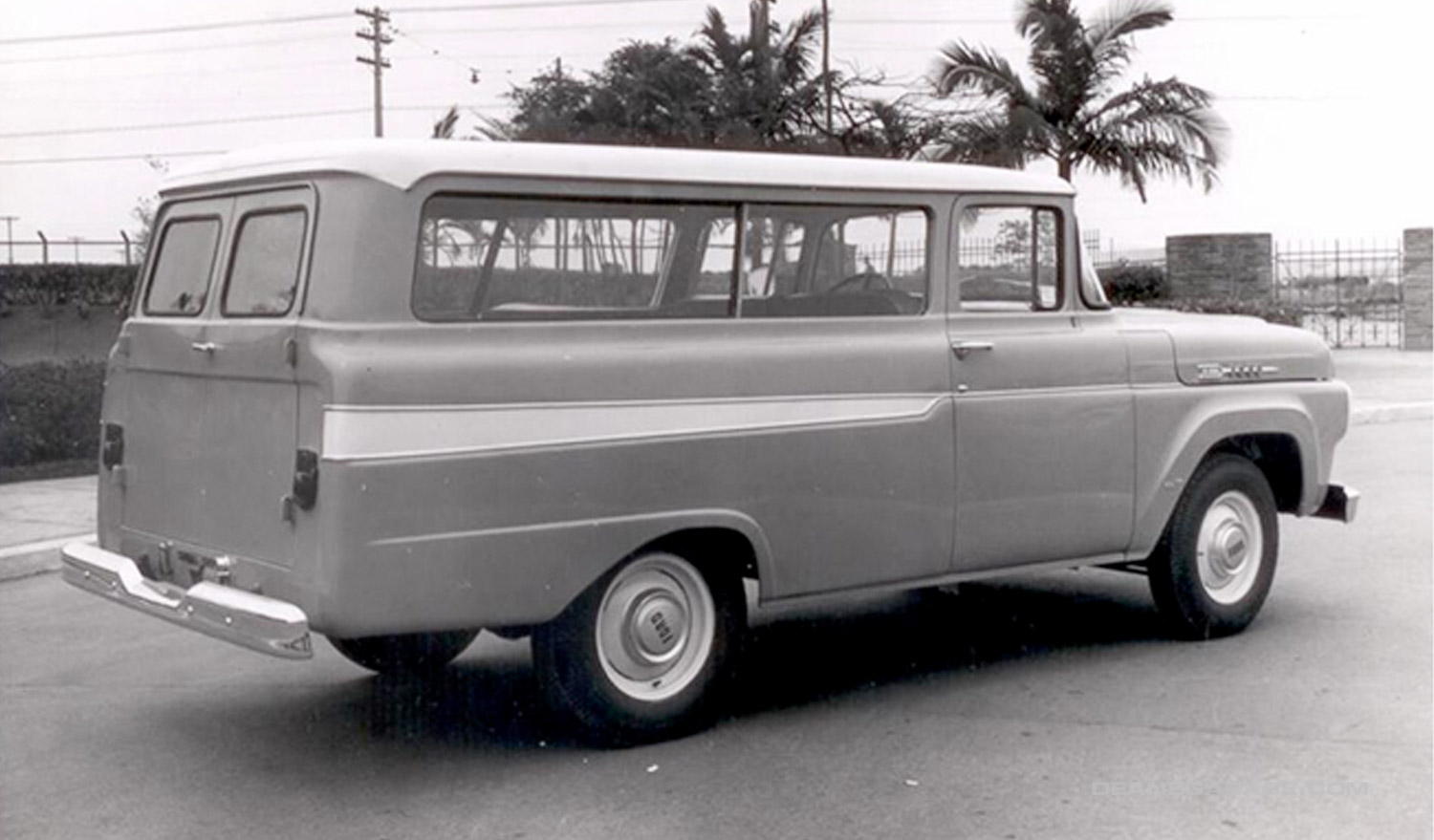
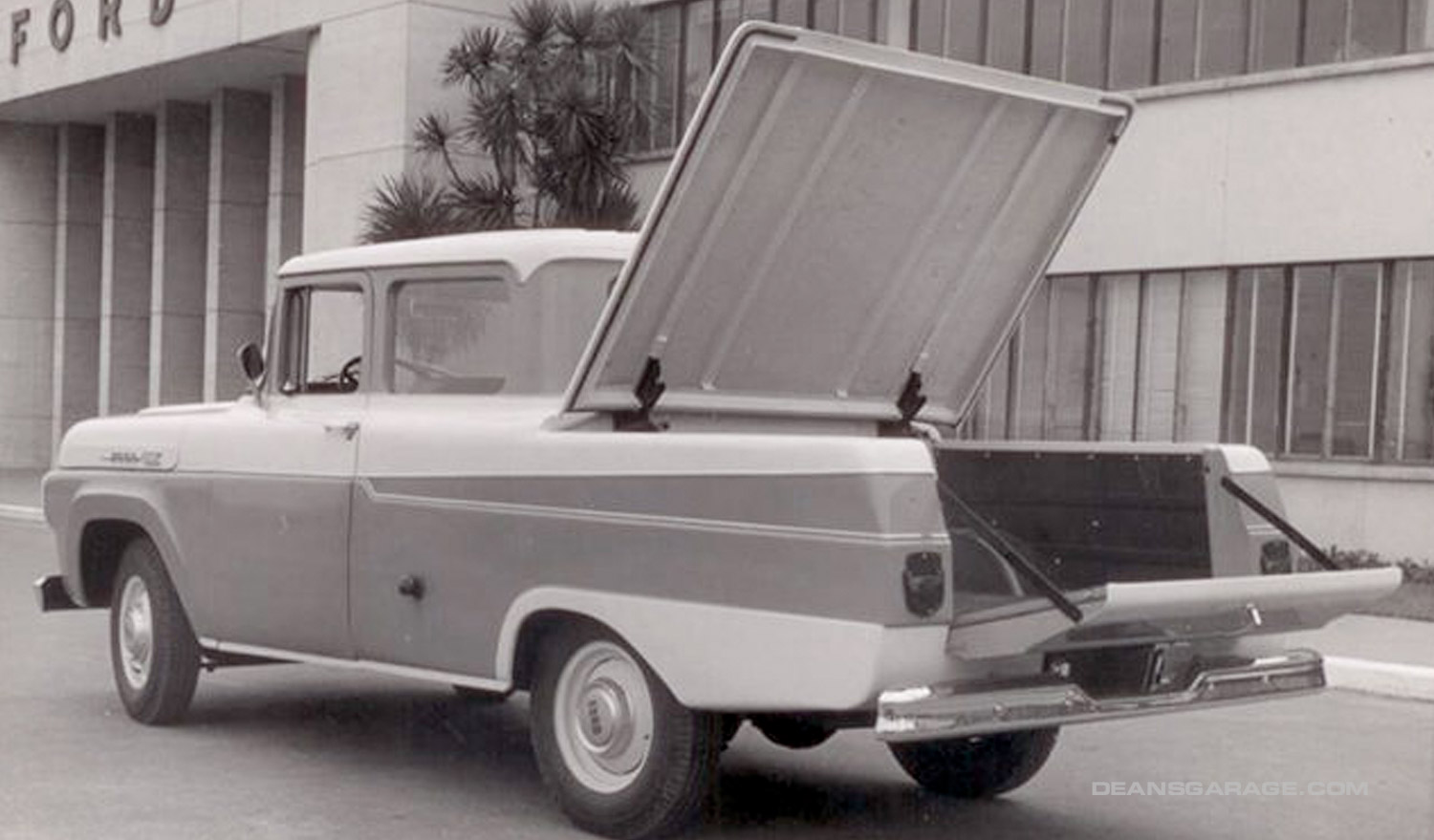

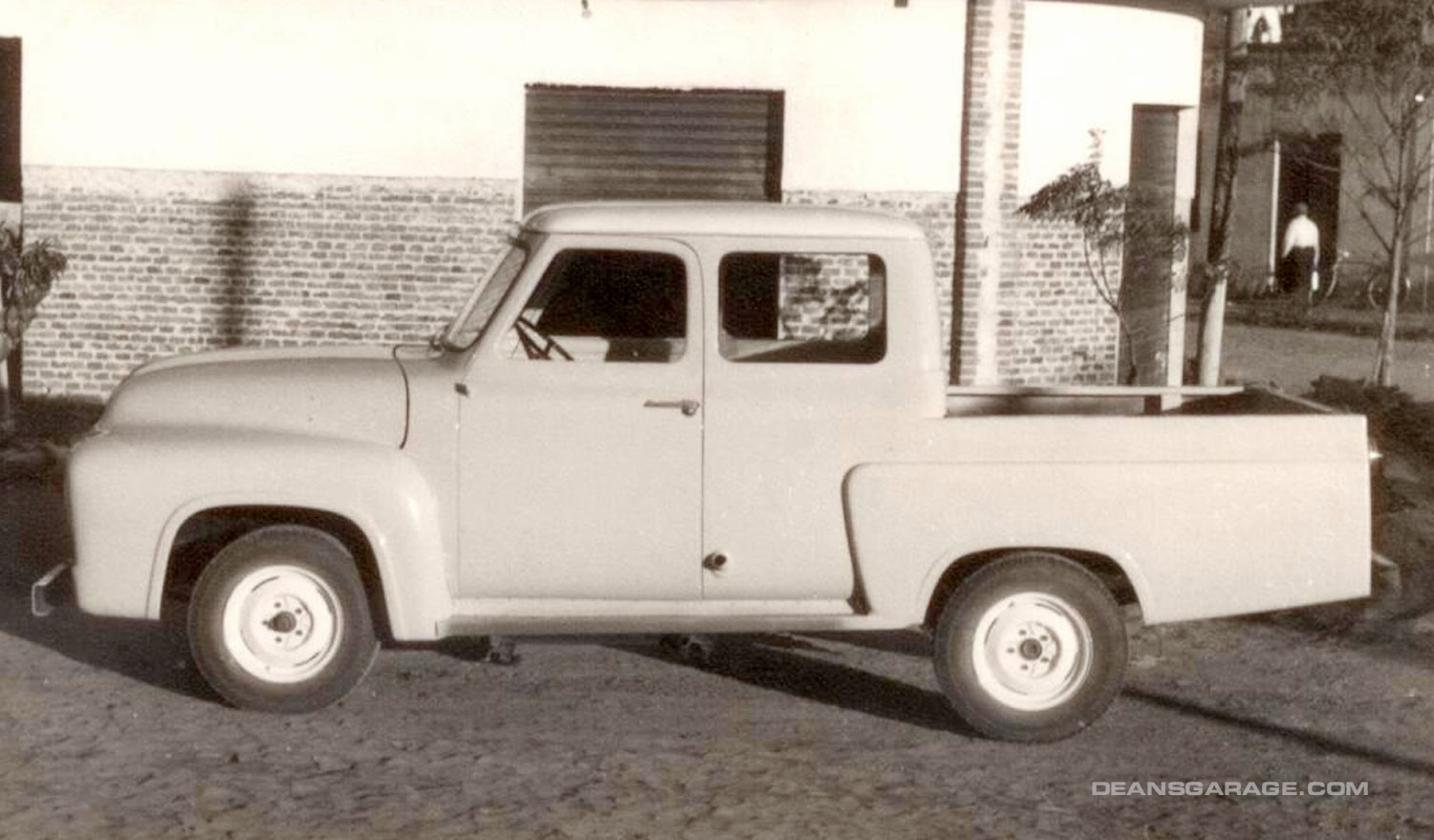

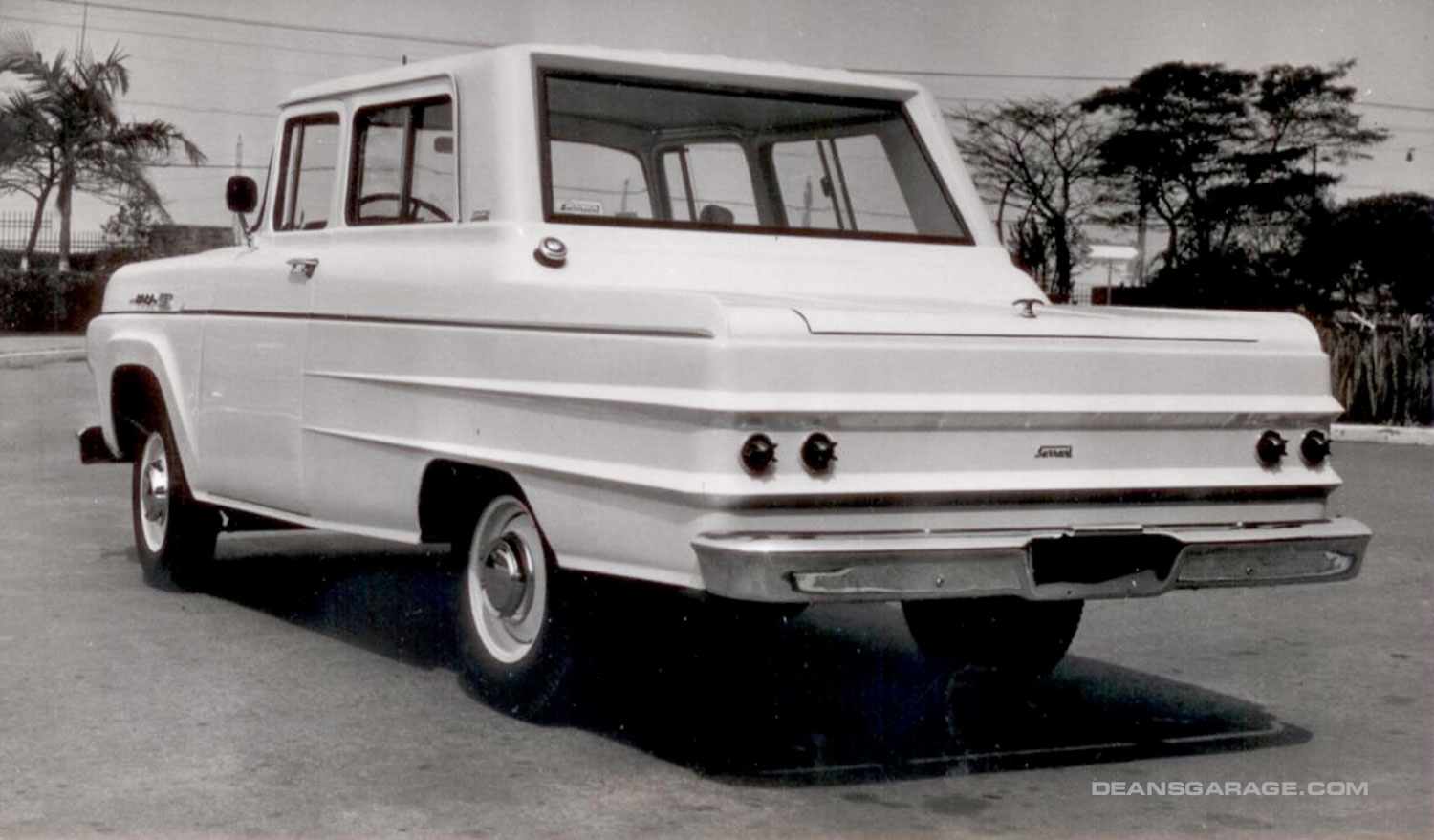
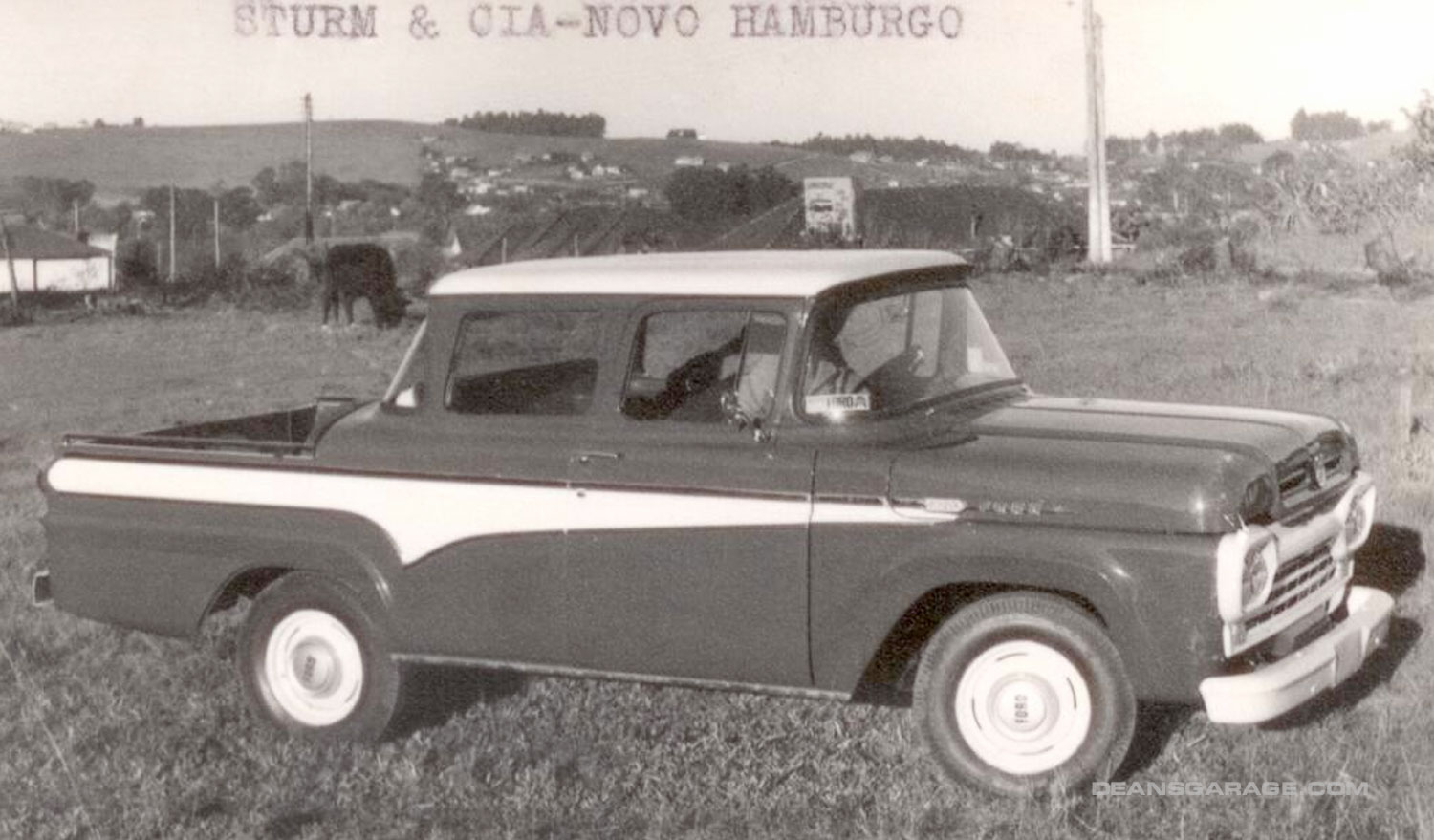
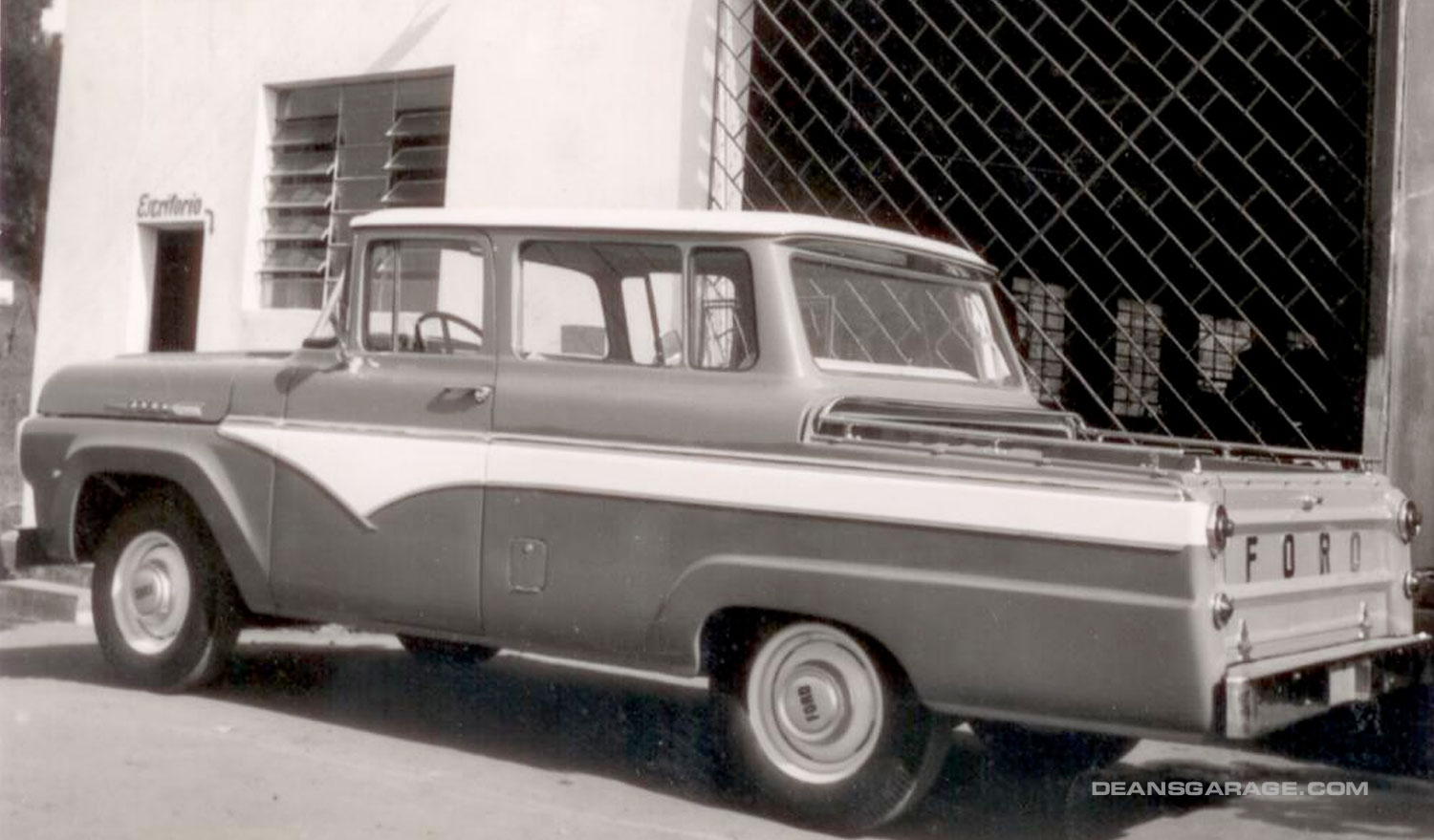
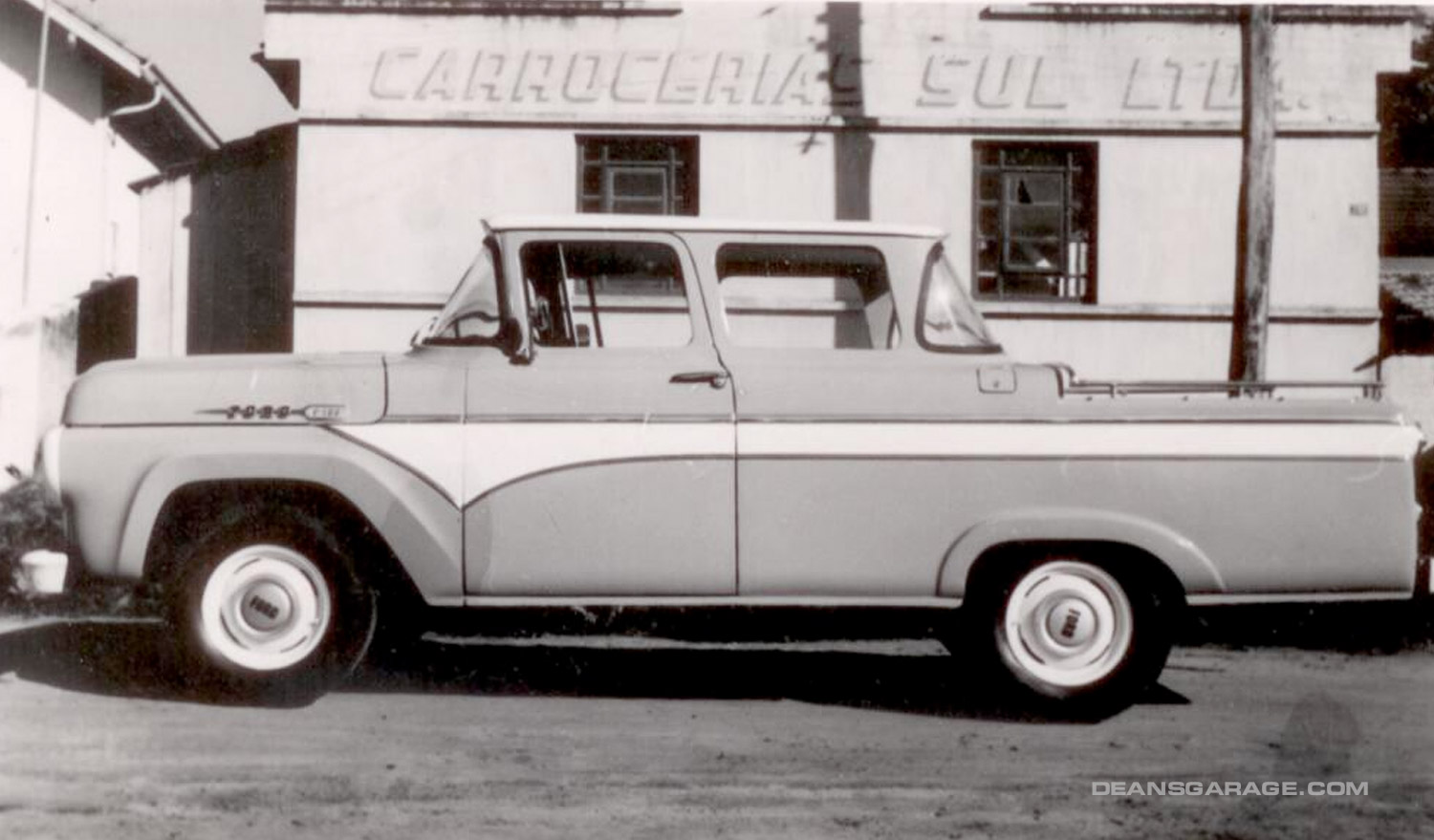
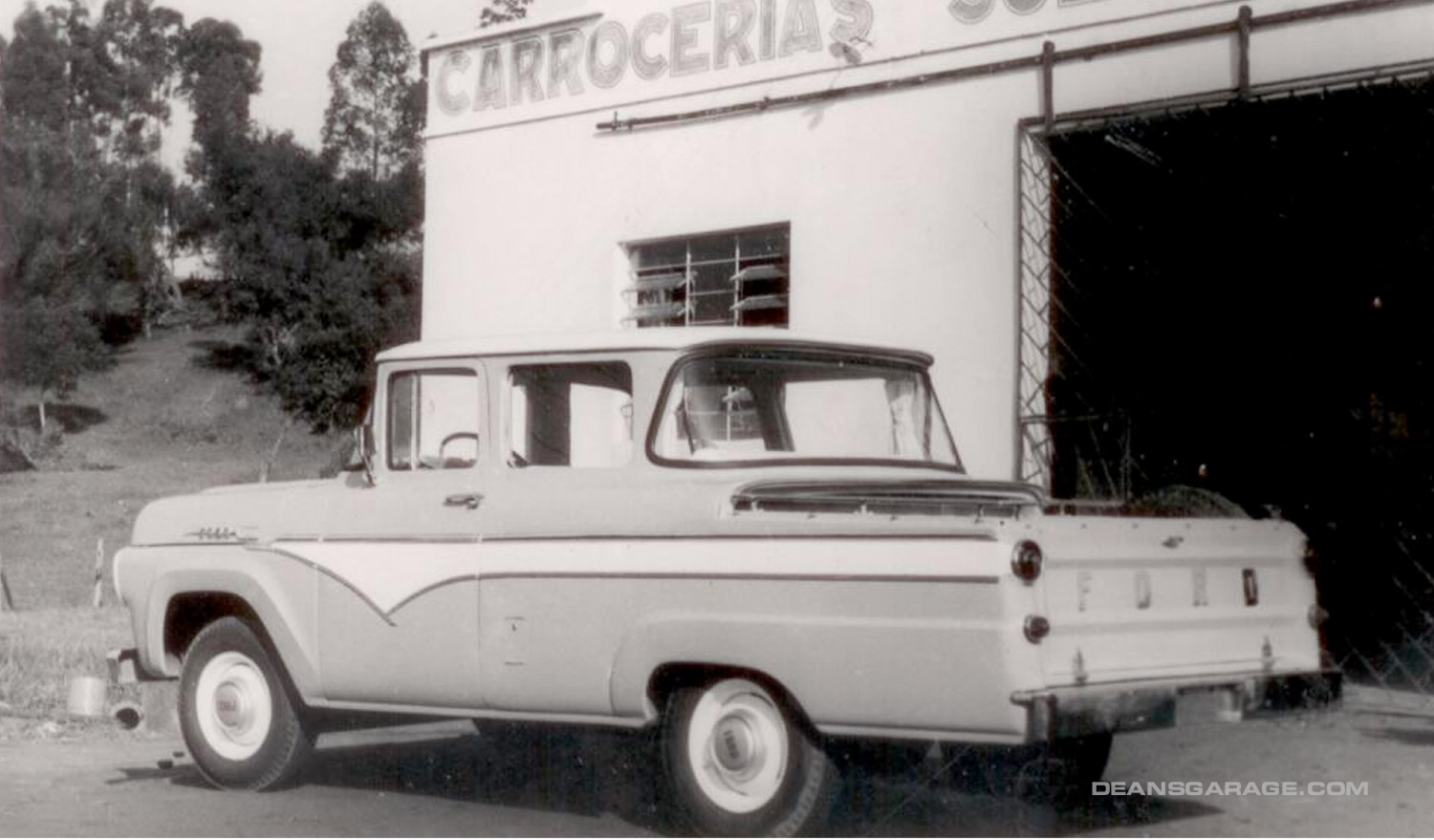
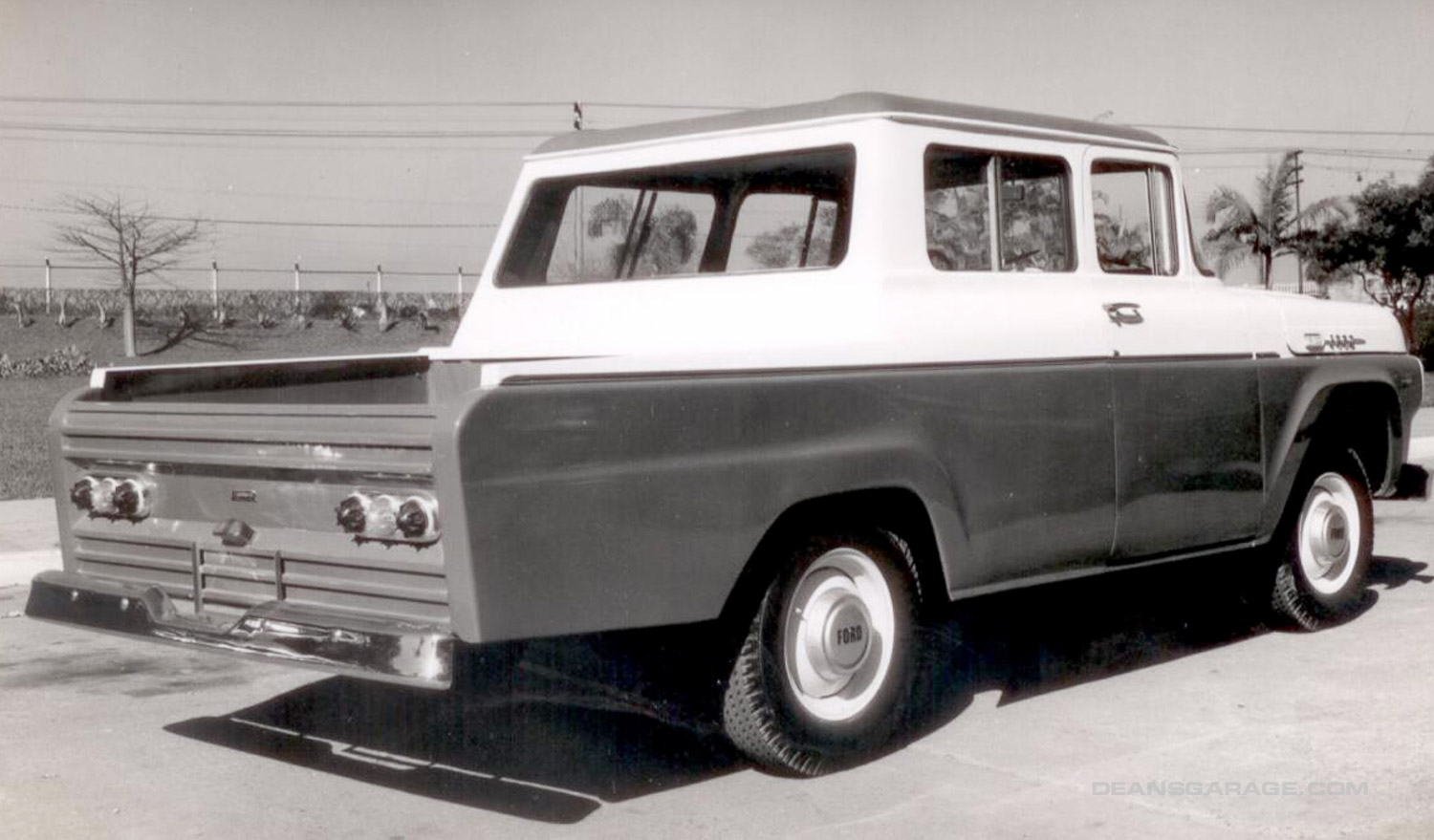
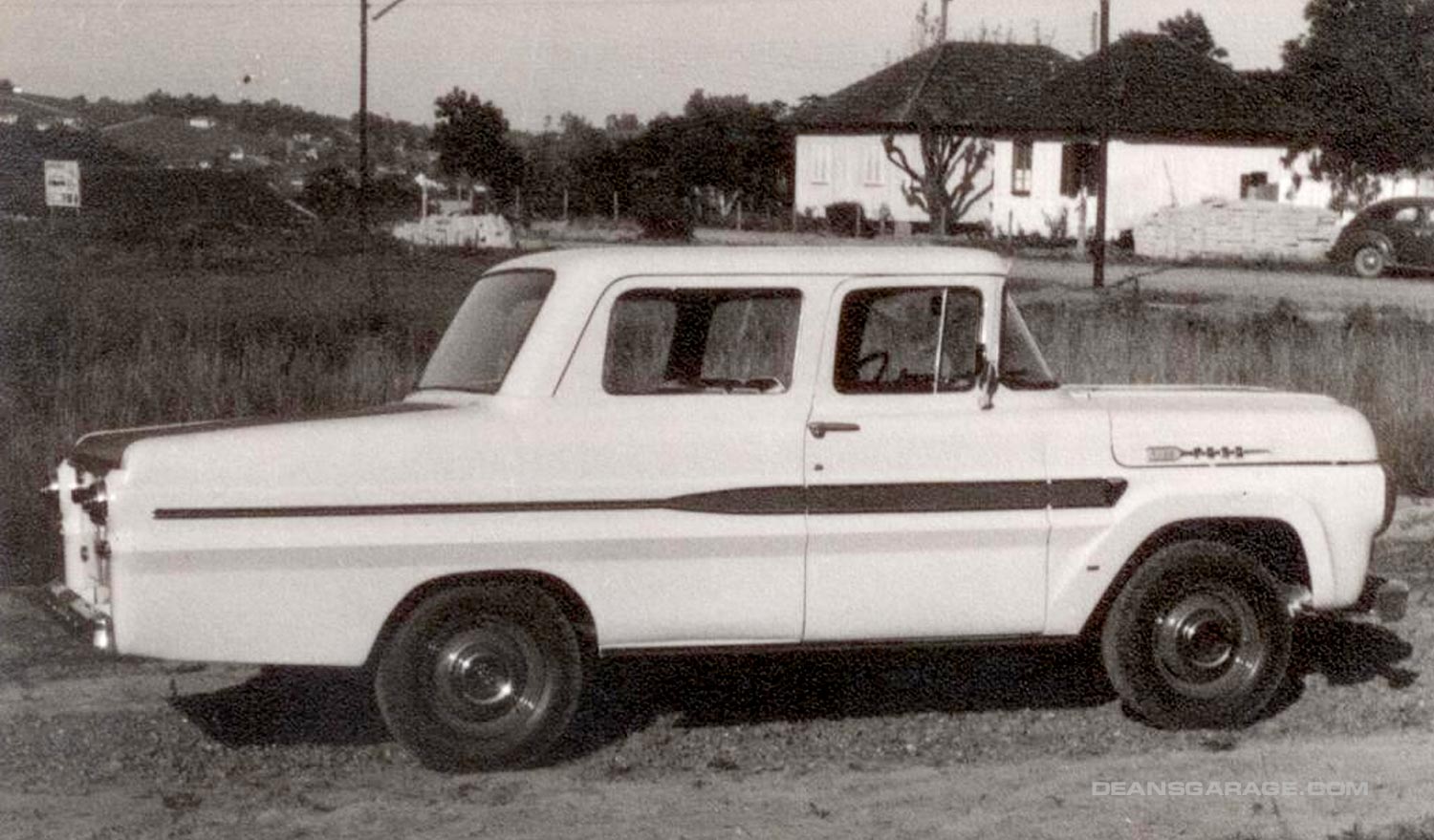
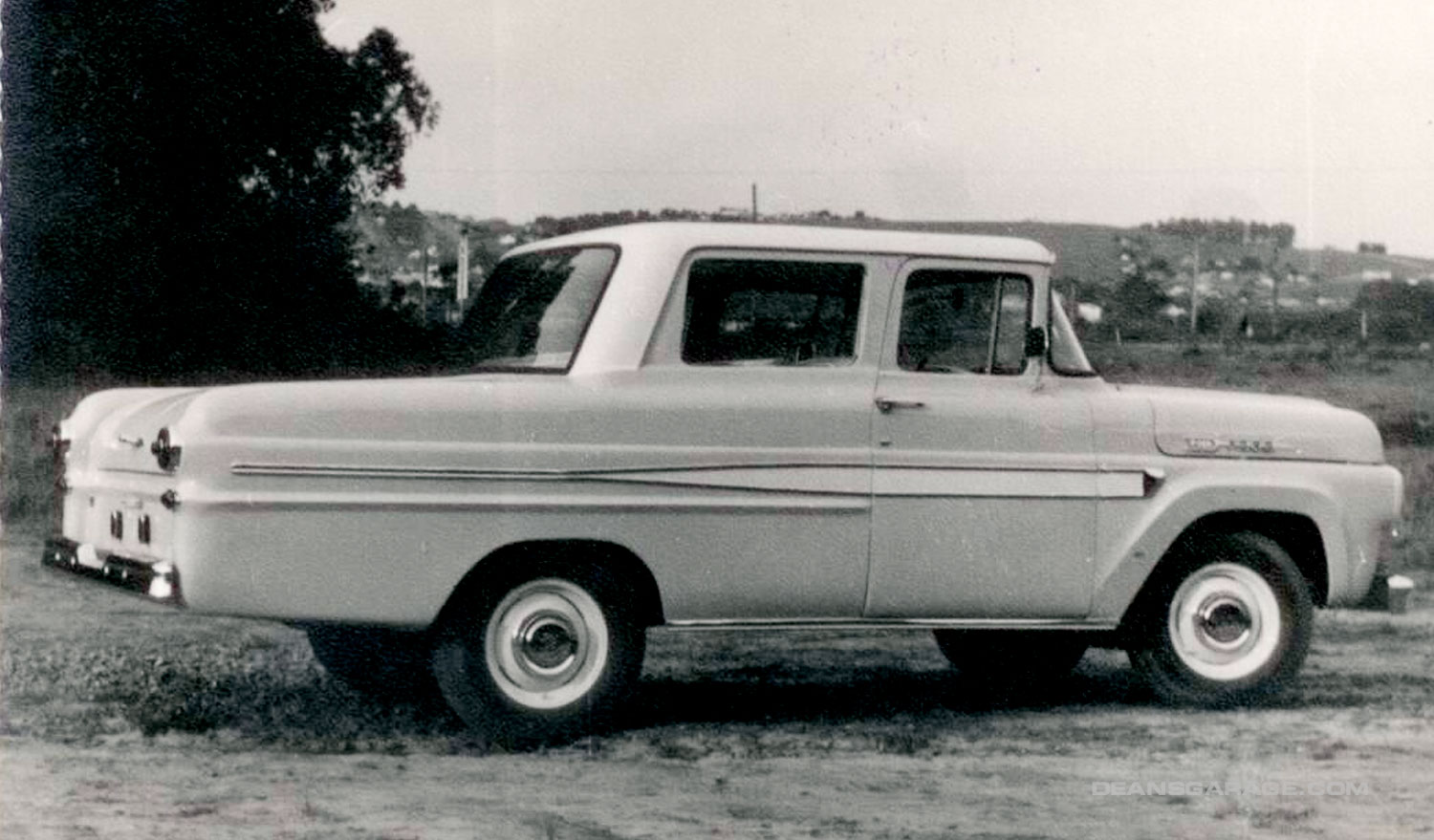
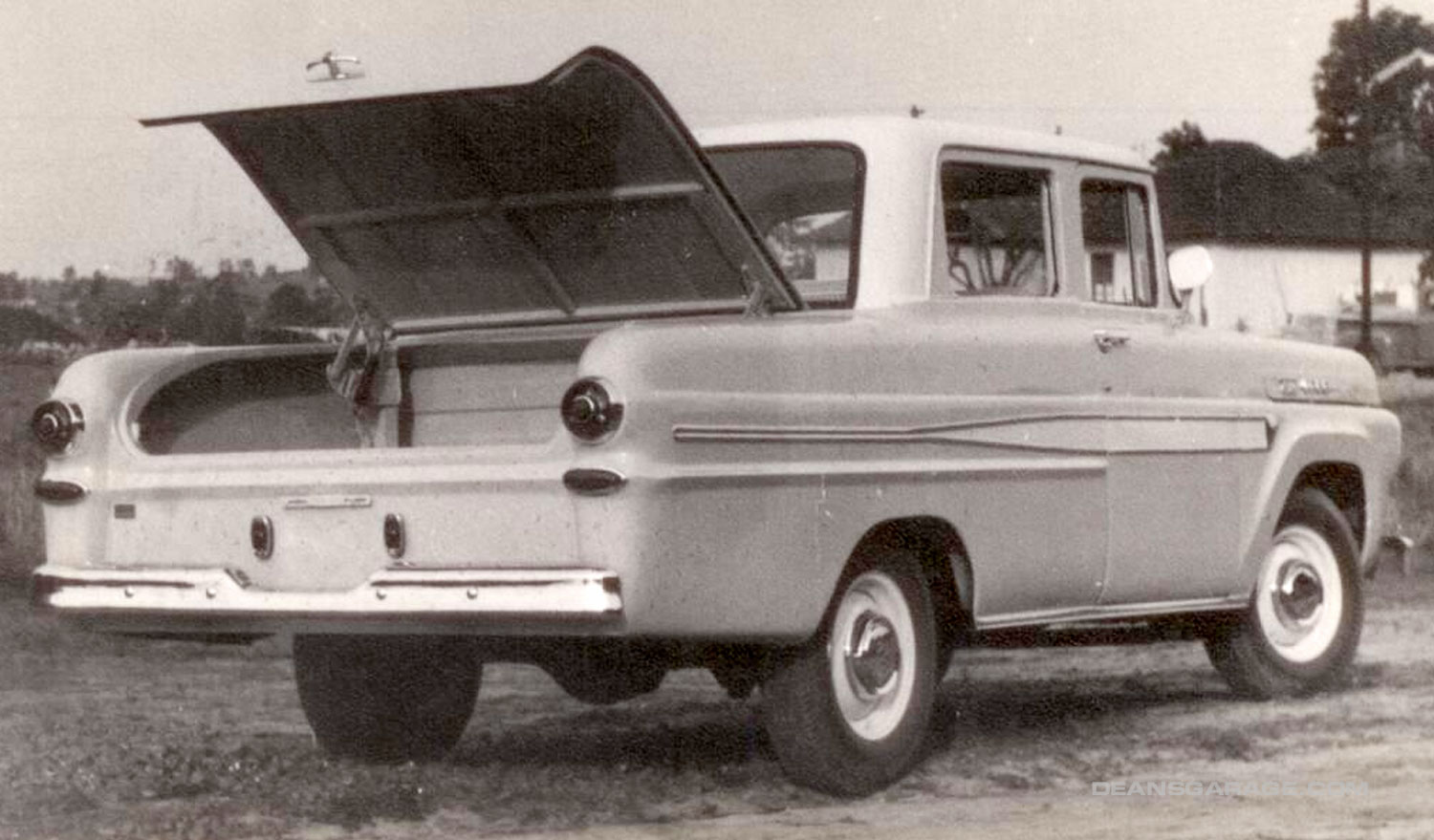
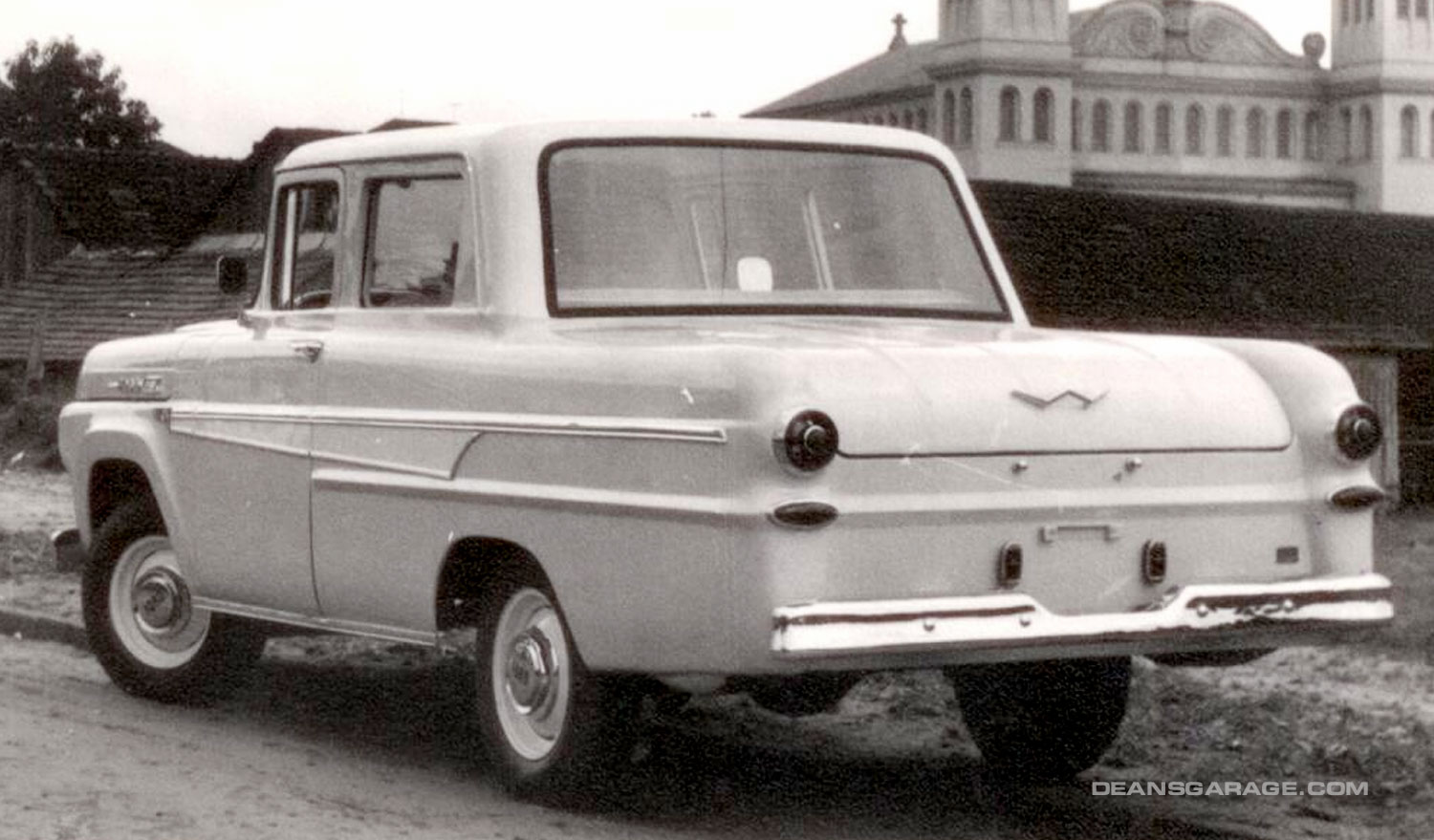
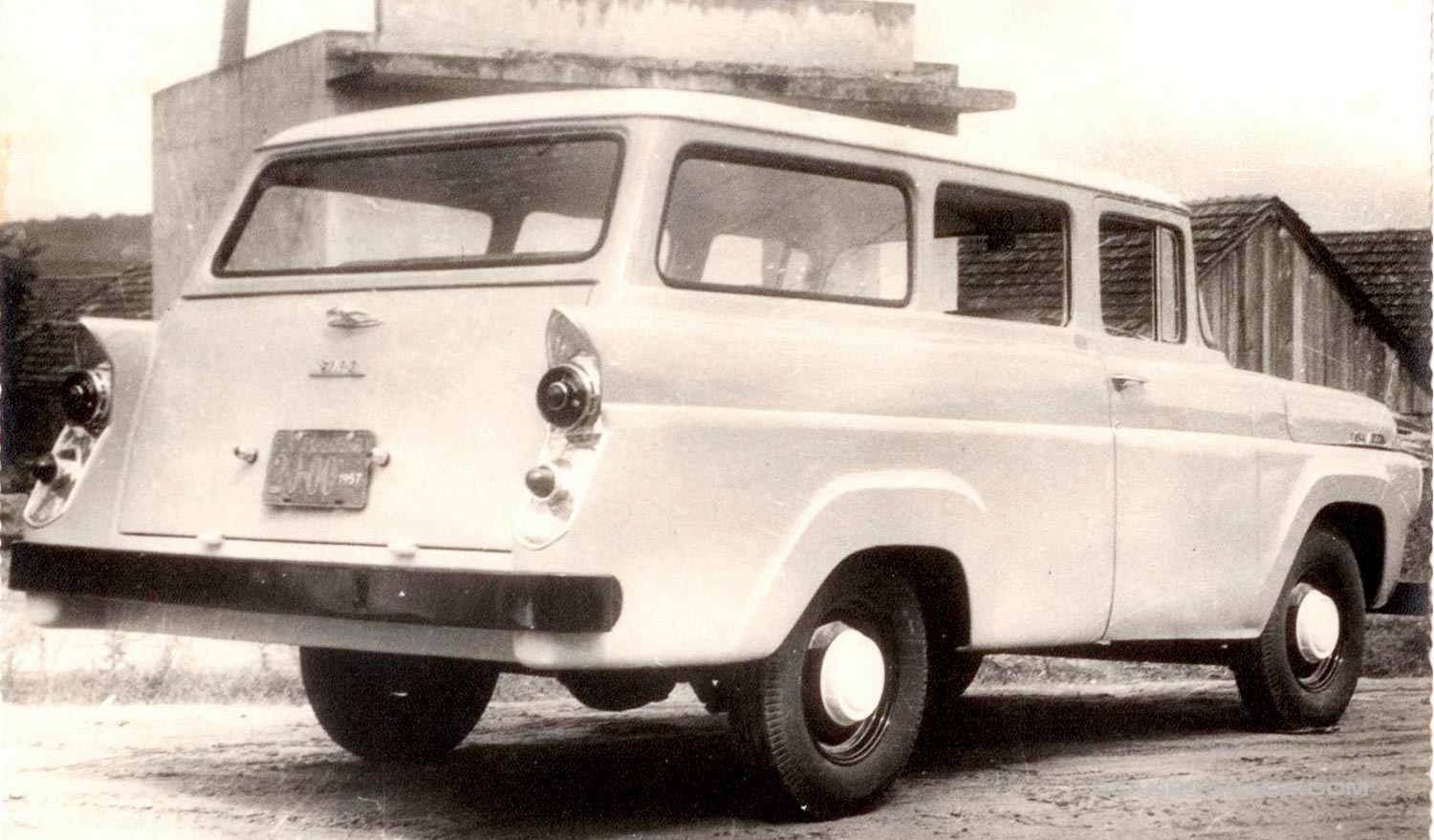
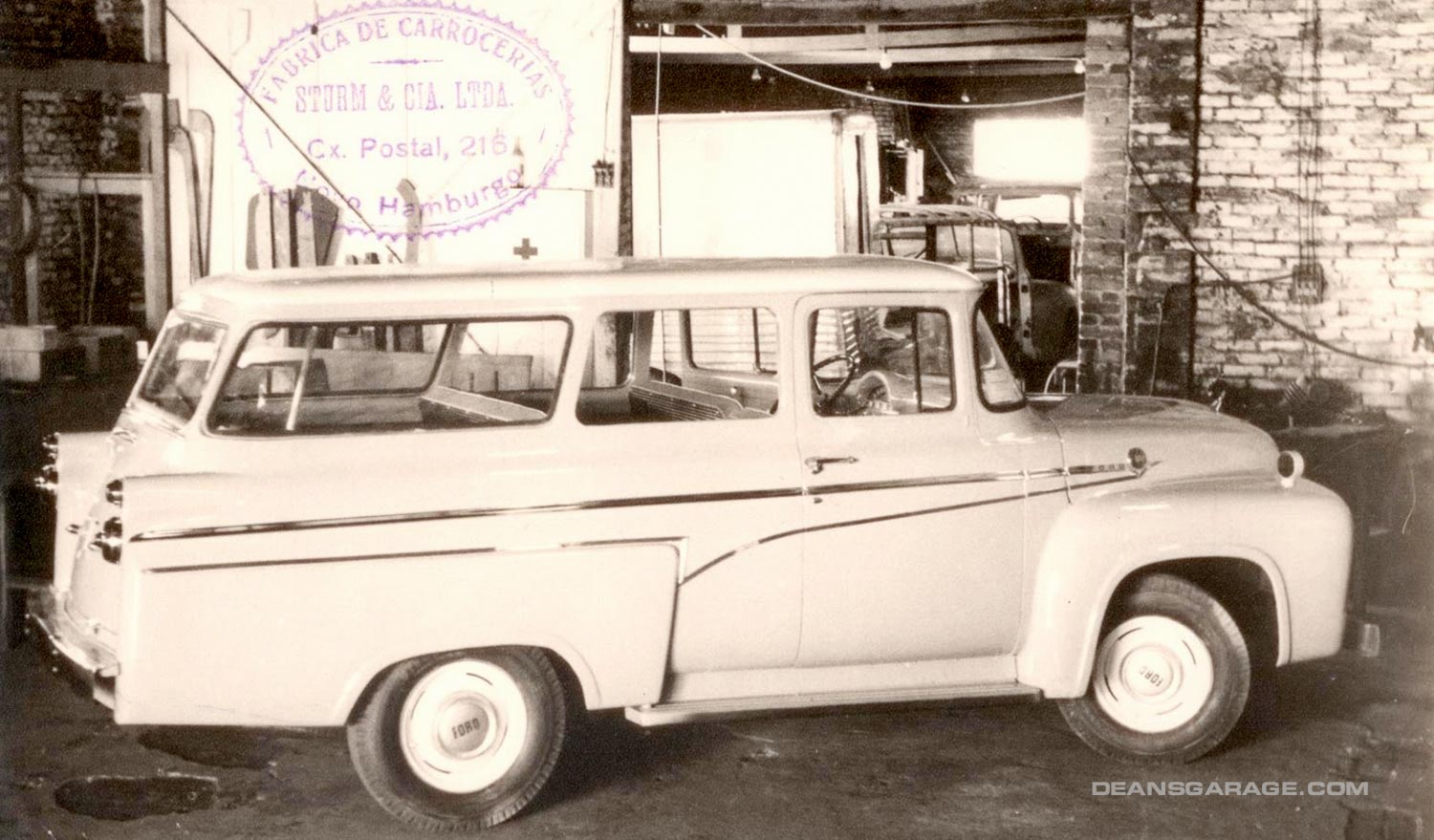
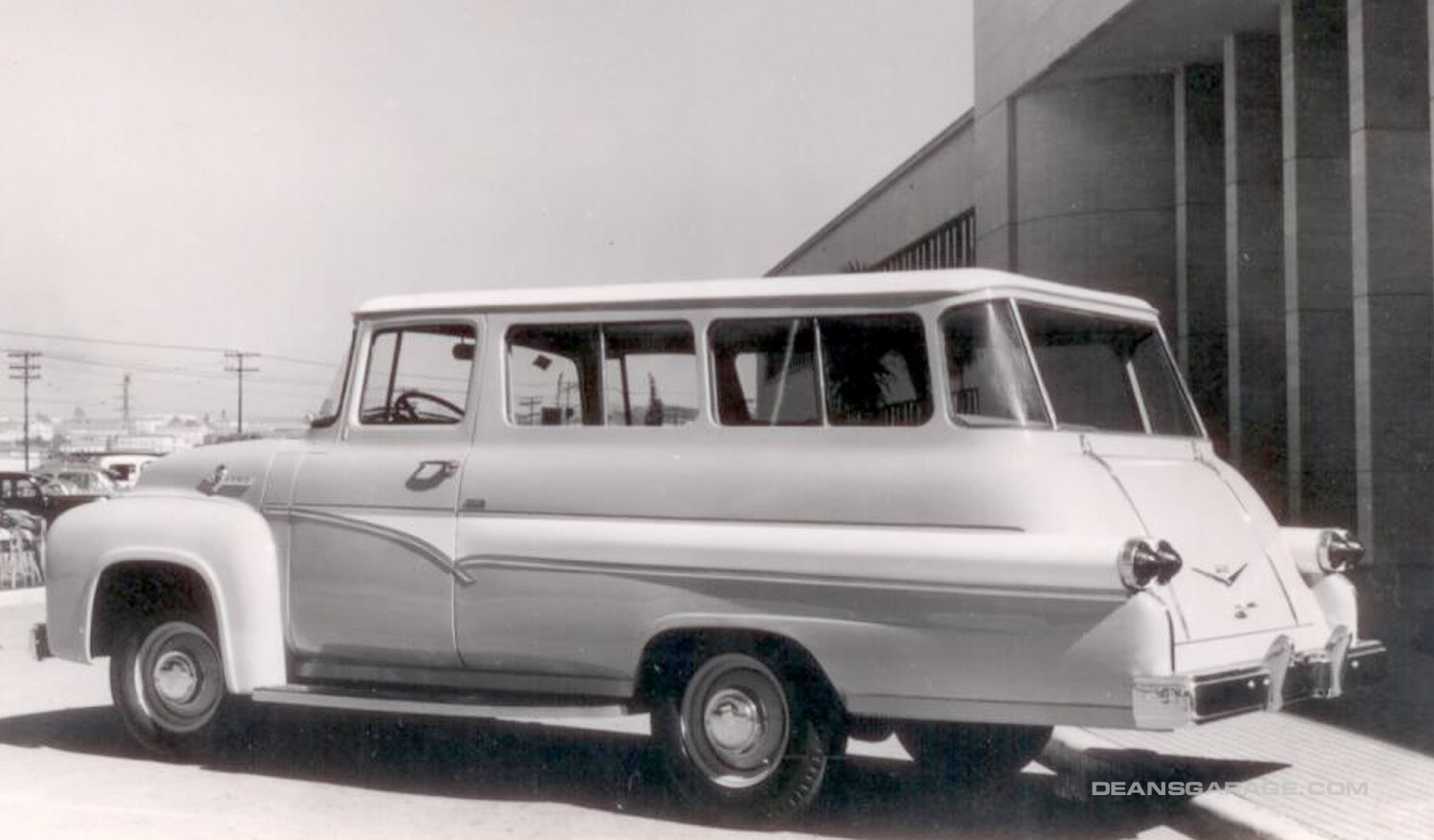
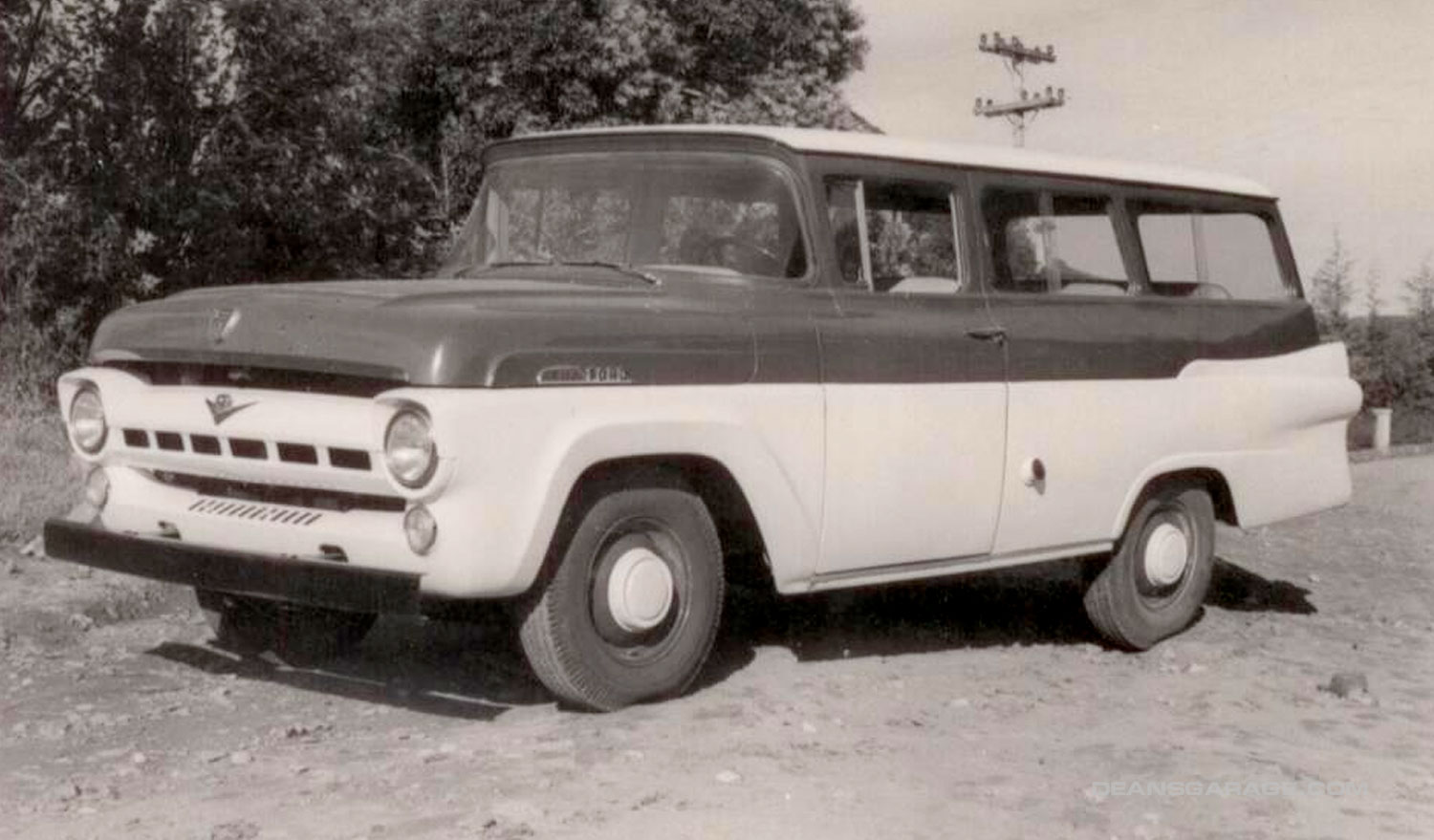
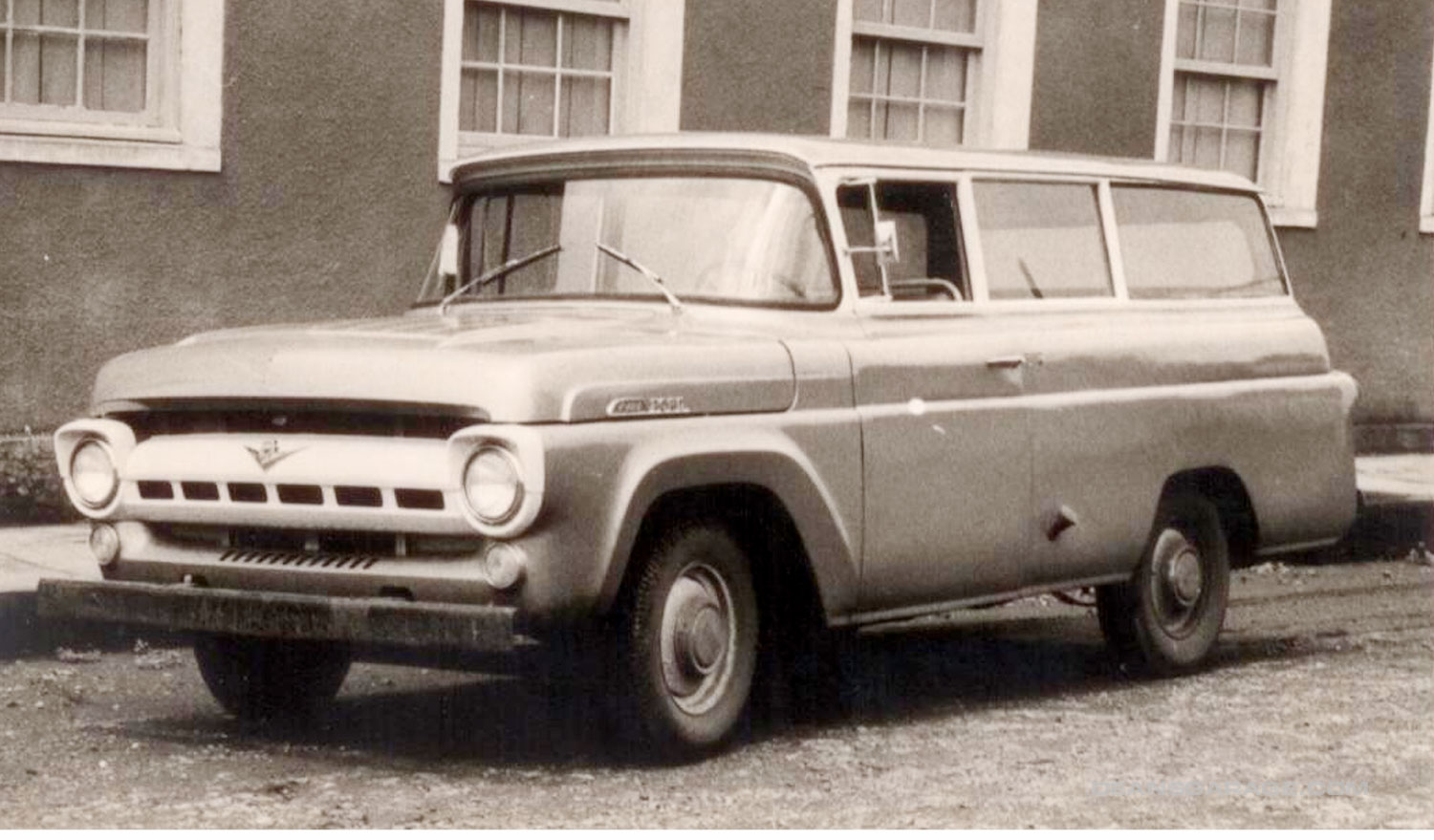
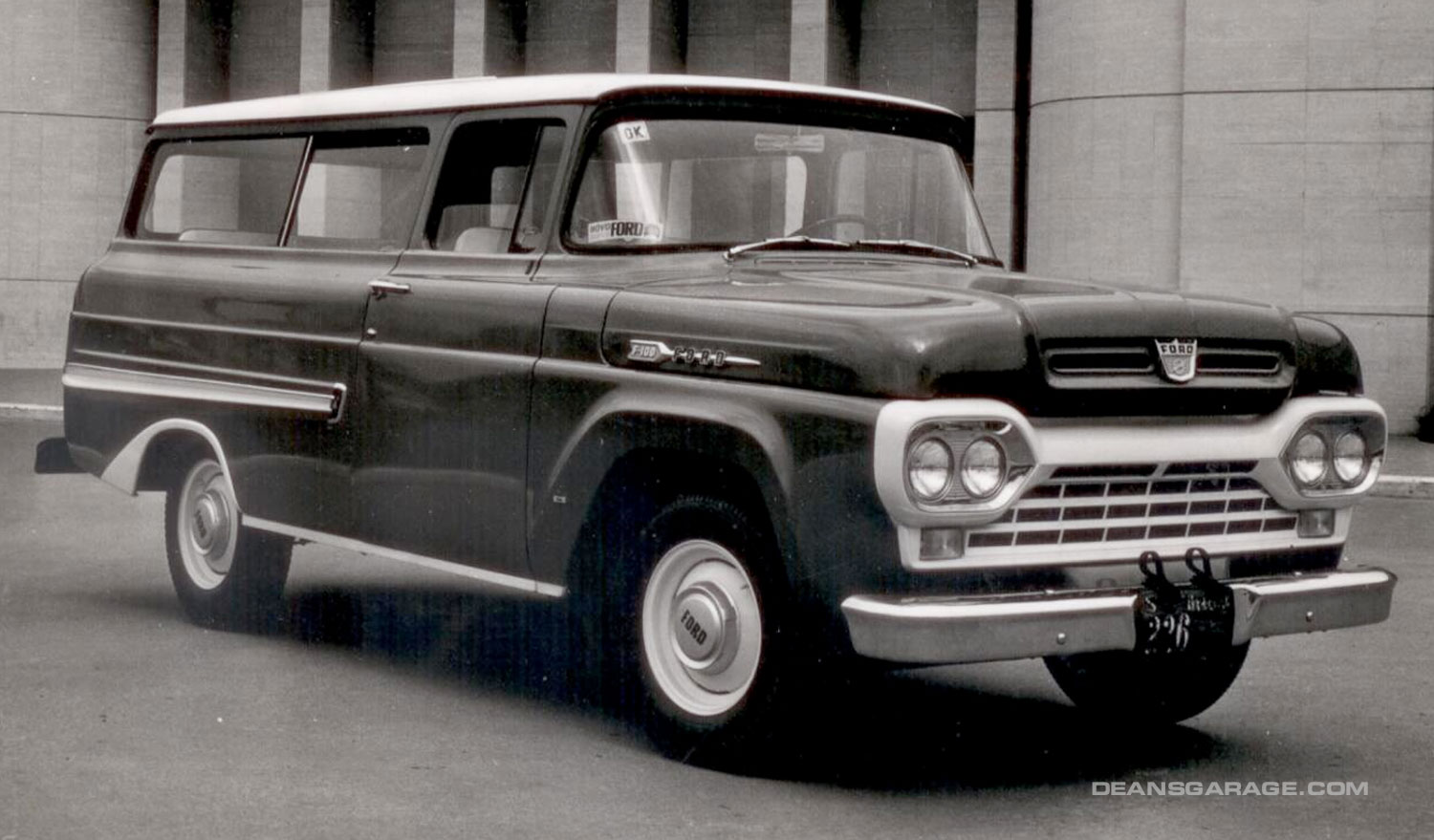
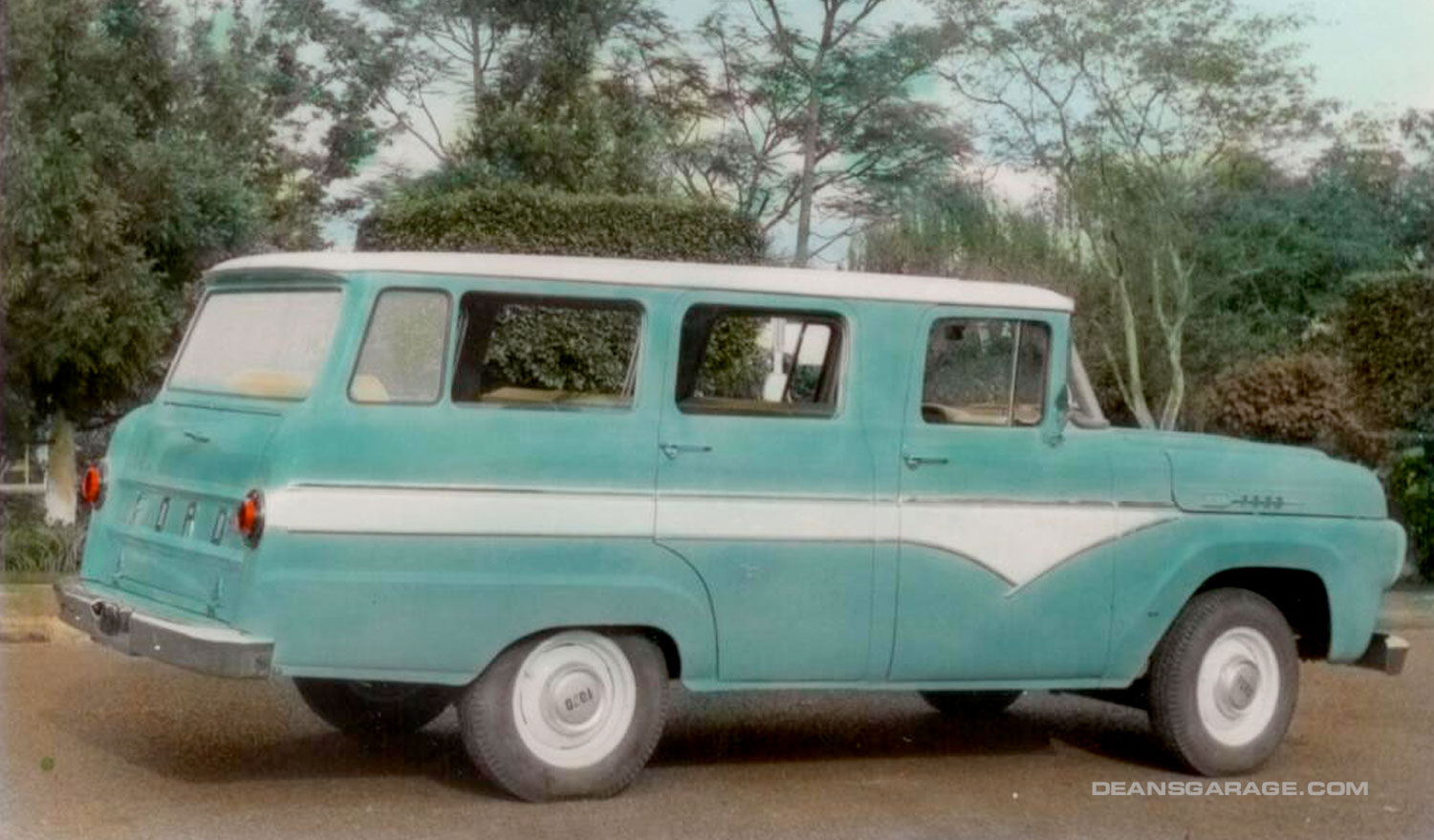

Thanks, I always wondered why Brazil got so active in car building back then. Daimler-Benz built Mercedes-Benz pickup trucks there. Porsche KG also cooperated with a Brazilian manufacturer but for cars, not trucks. Even racing became very popular in Brazil then.
Appreciated Frank. That first car show in 1960 featured eleven national car factories and 95 auto-parts suppliers. Back then the economies of scale worked for local production, these days not so much.
More-door pickups, some using a duplicate set of factory doors.
What a truly fascinating study. Some are gorgeous, some purely putrid. If I didn’t know better, I’d guess Chevrolet and Ford built some of these as a joint venture.
Some shockers in that lot. Anyone else see a Mohs Safarikar vibe to some of them?